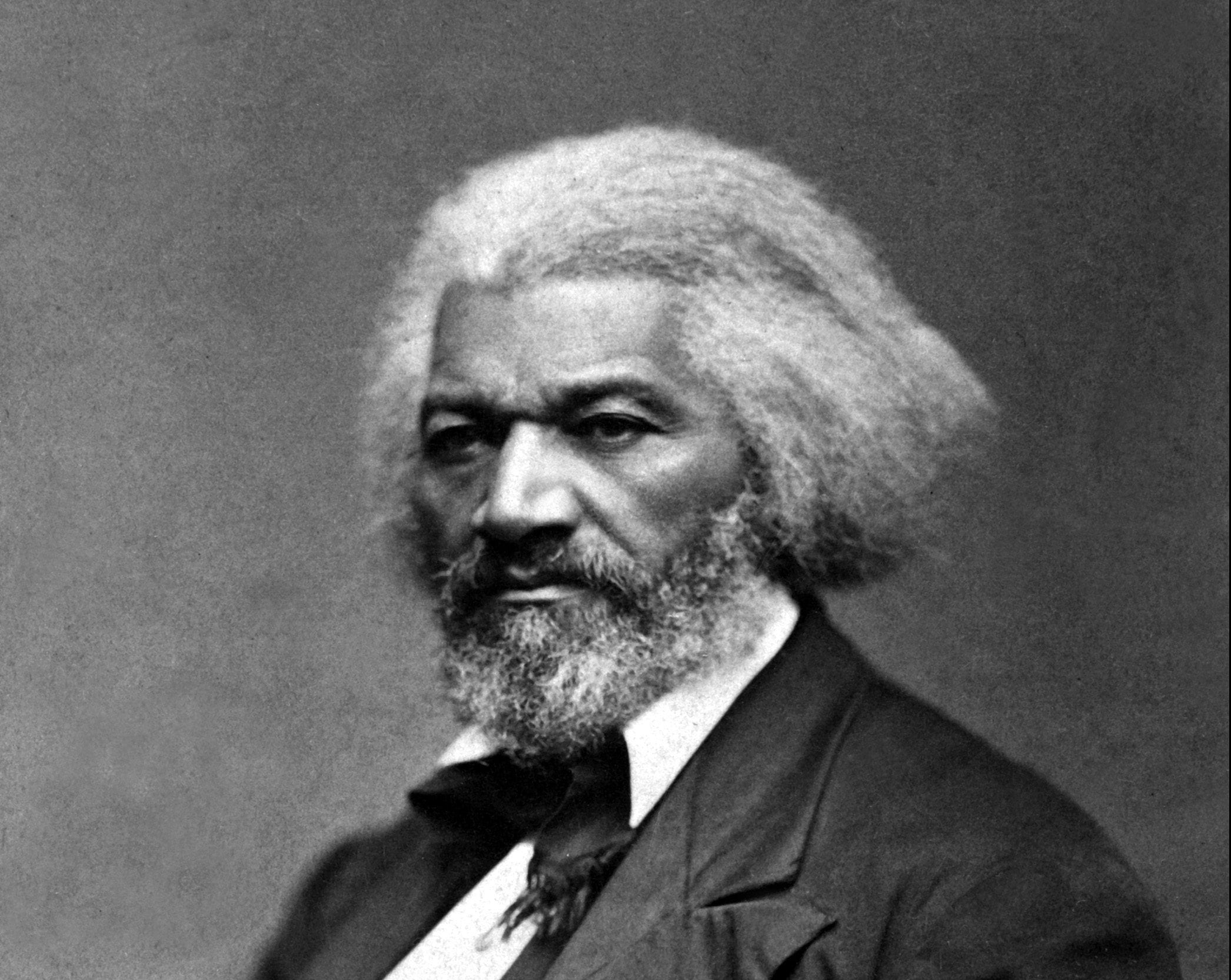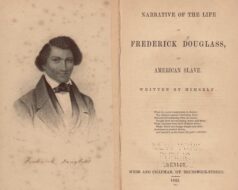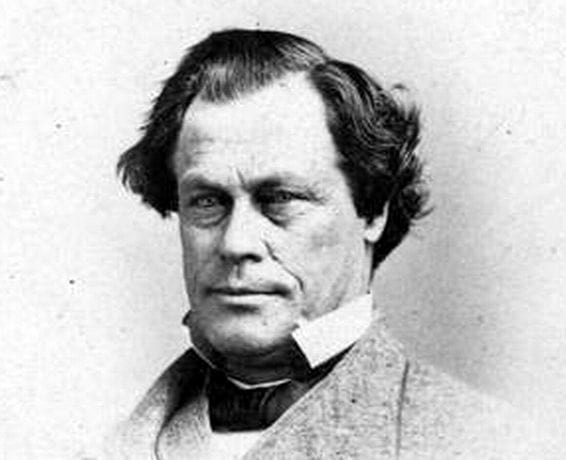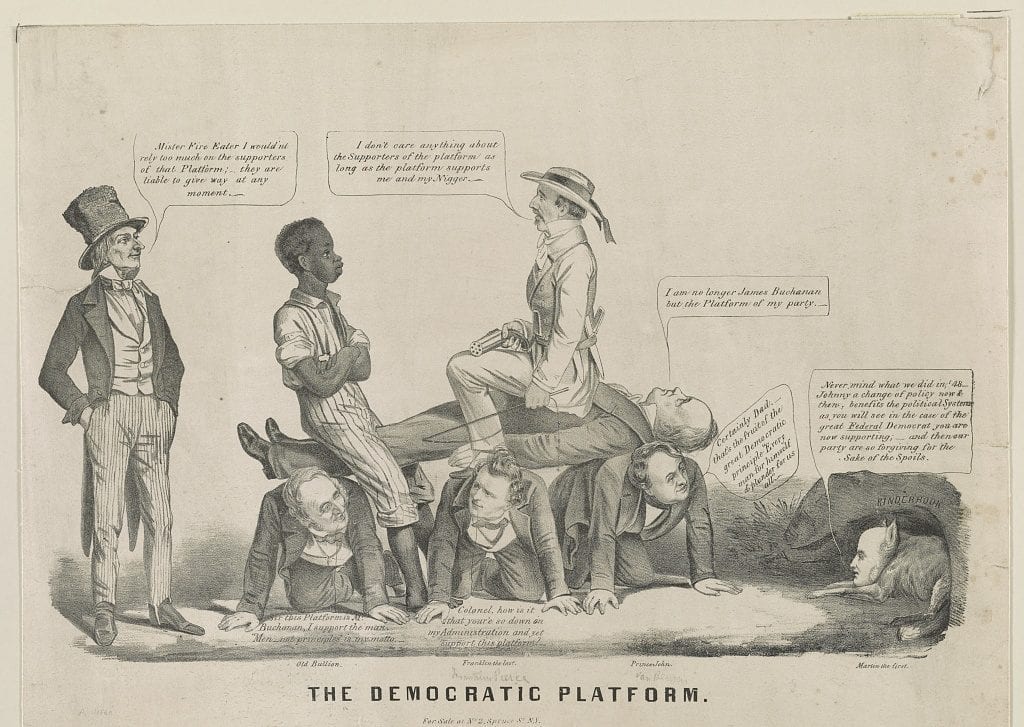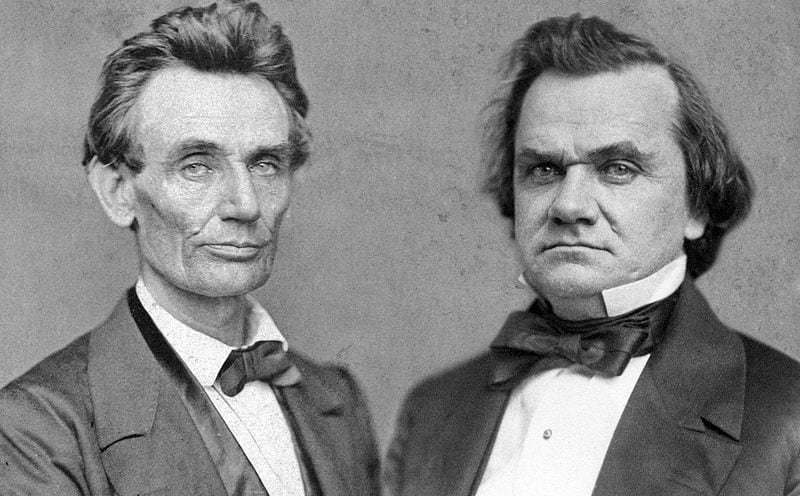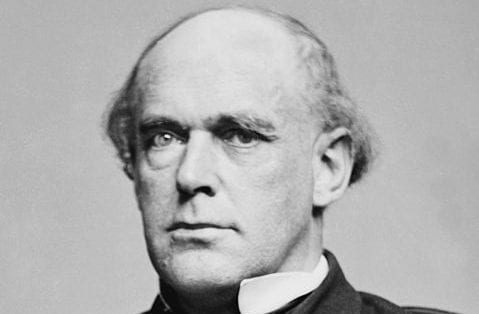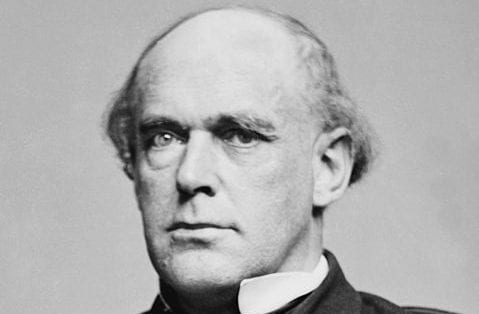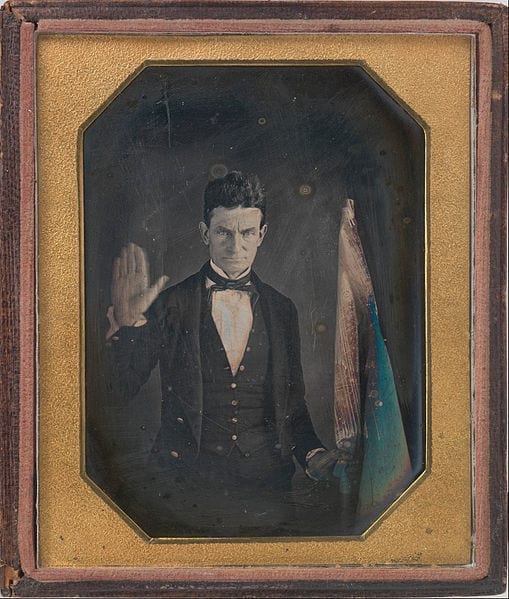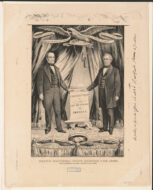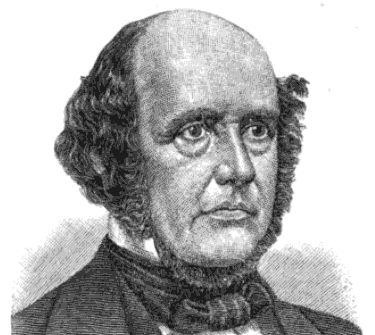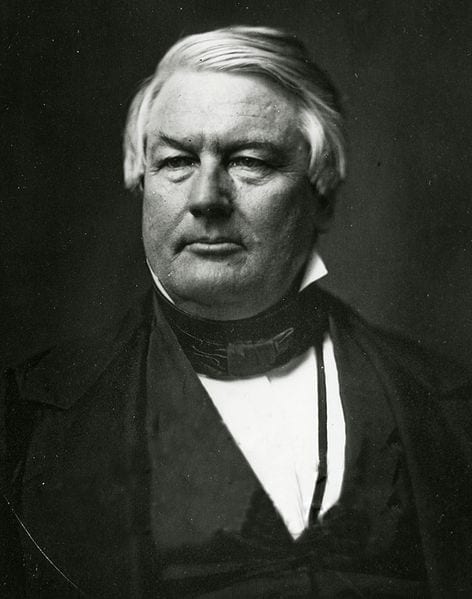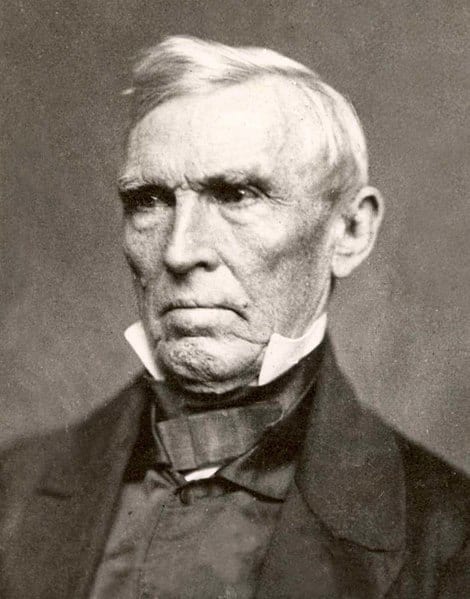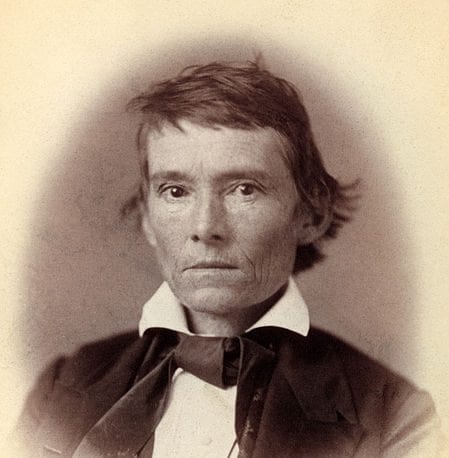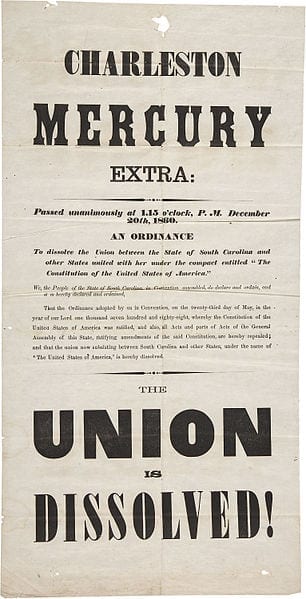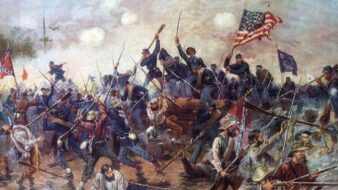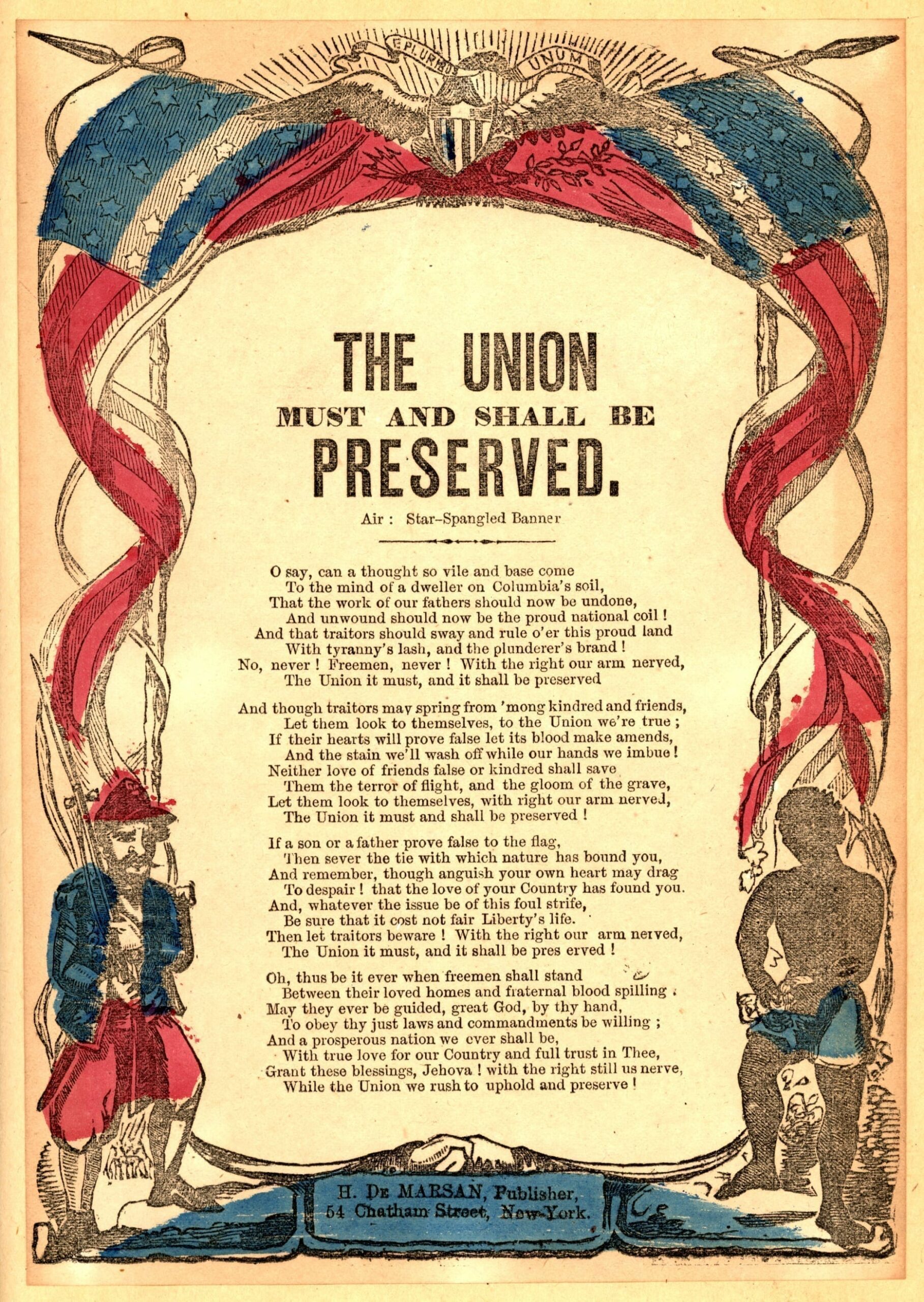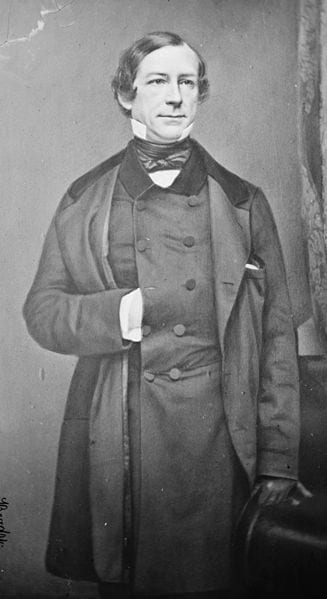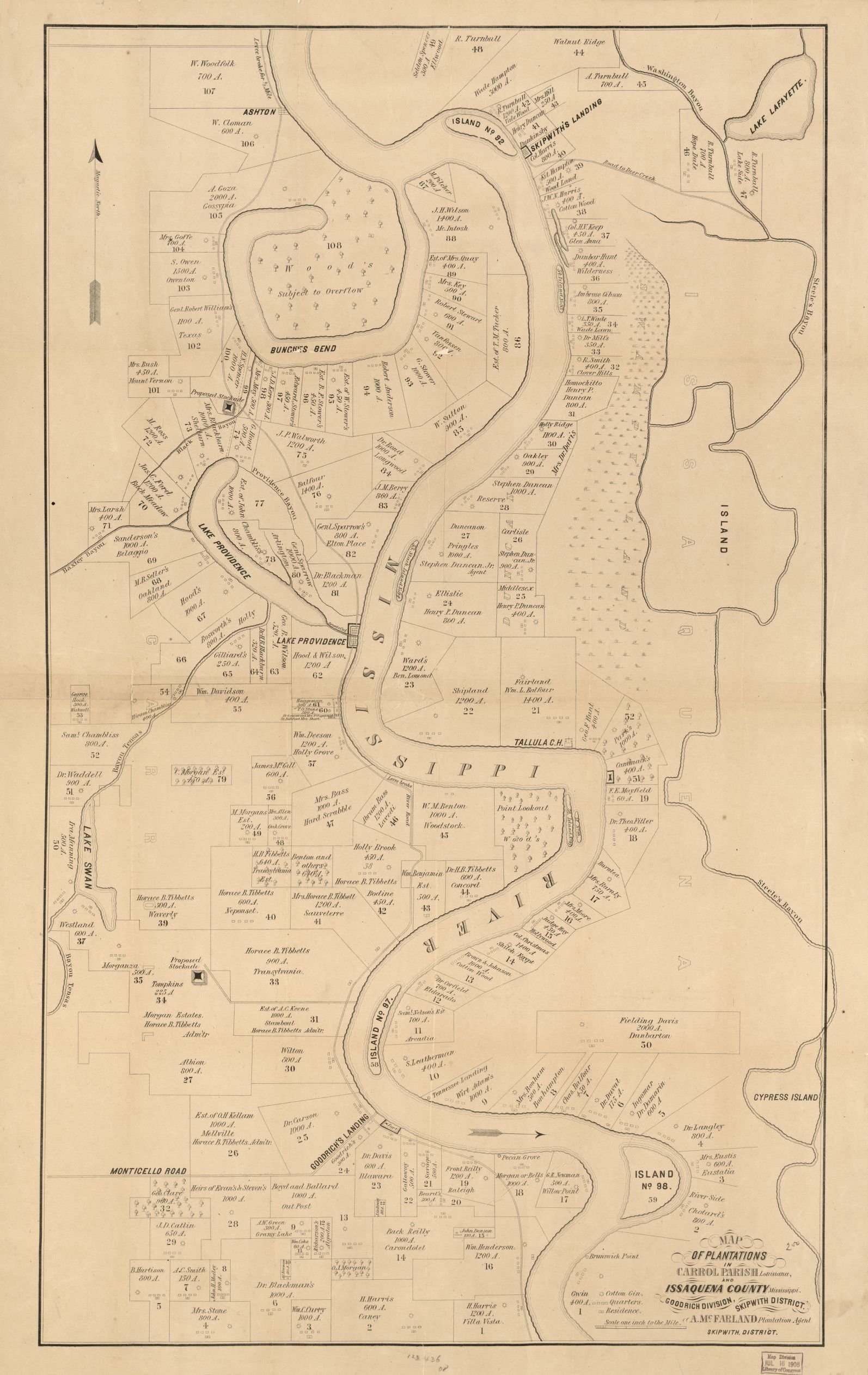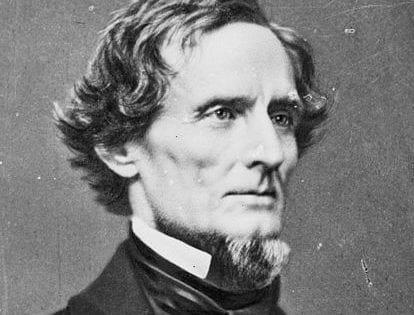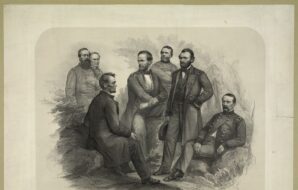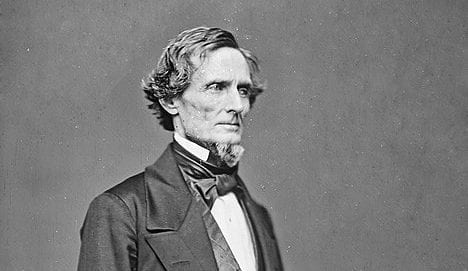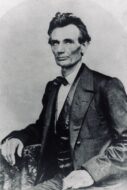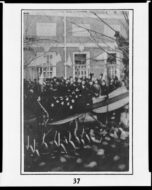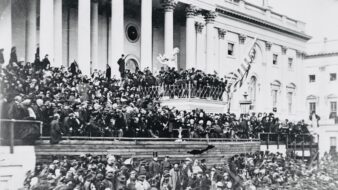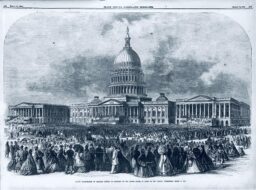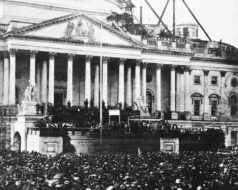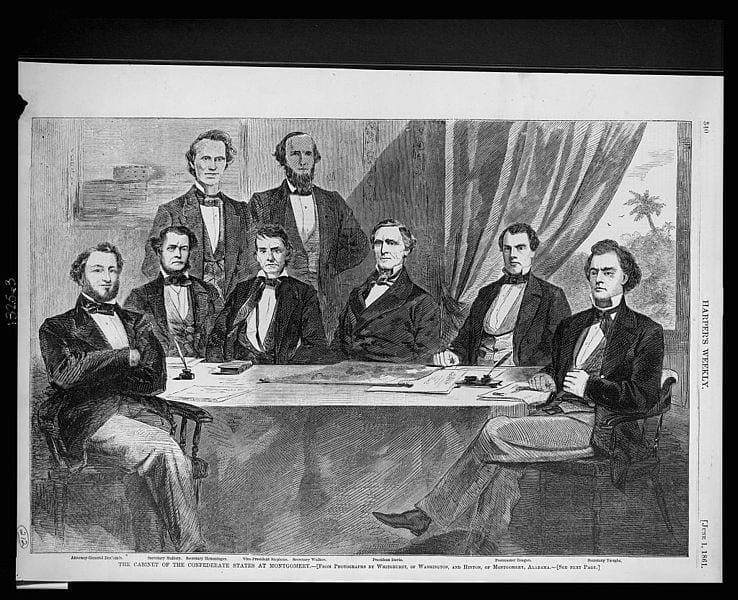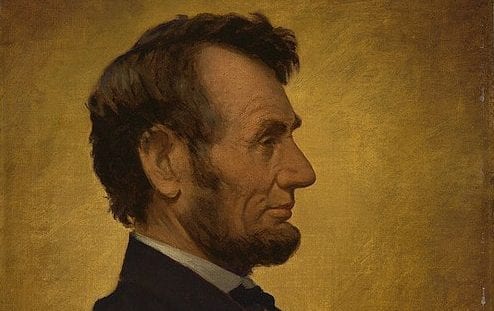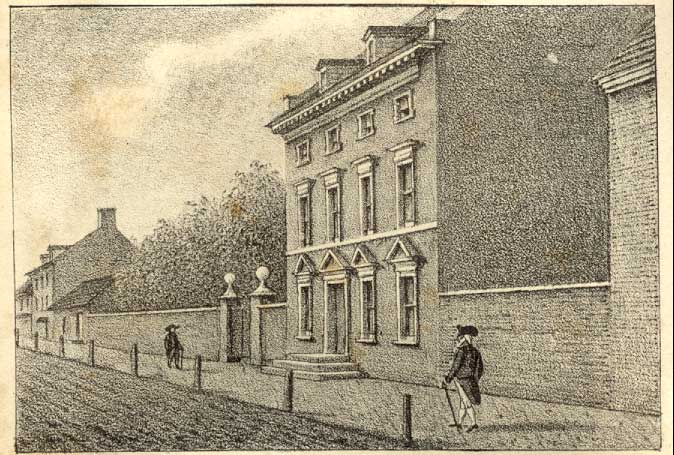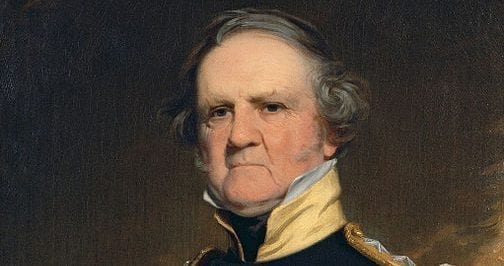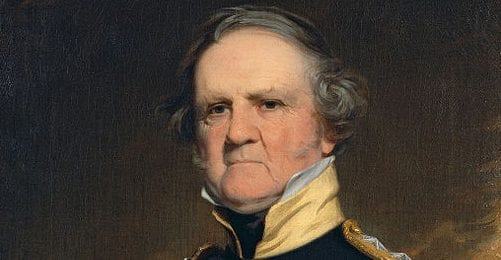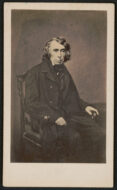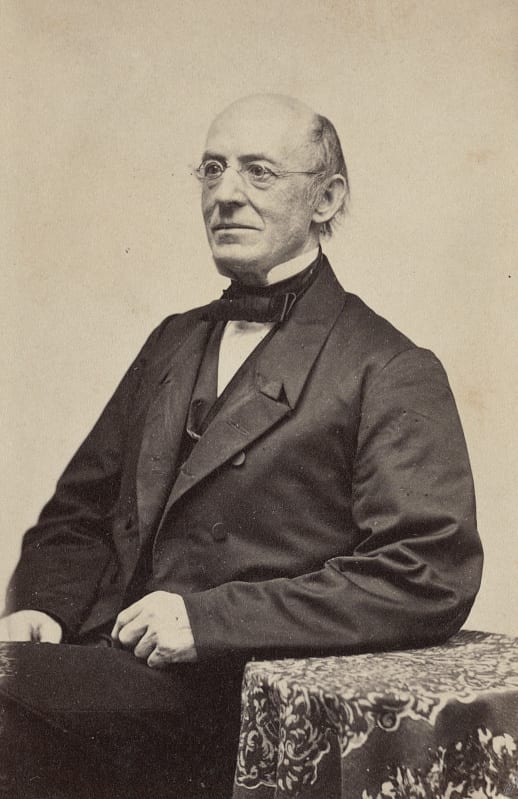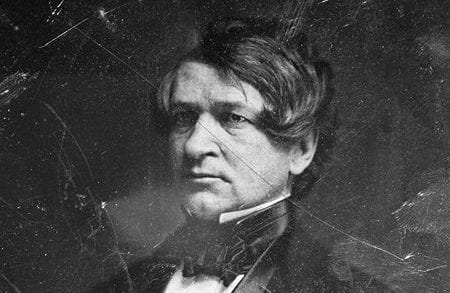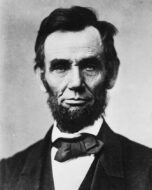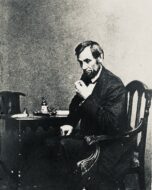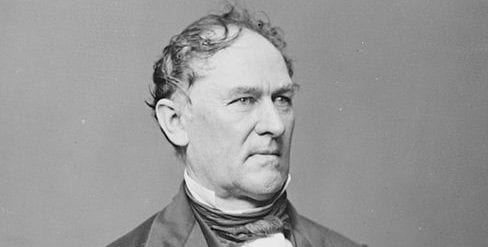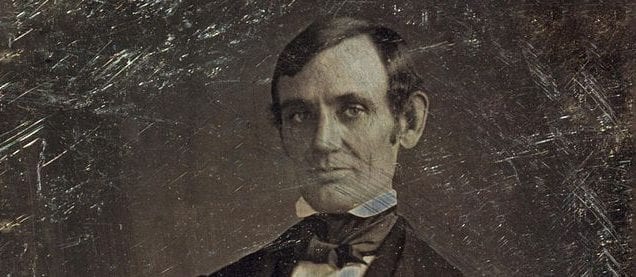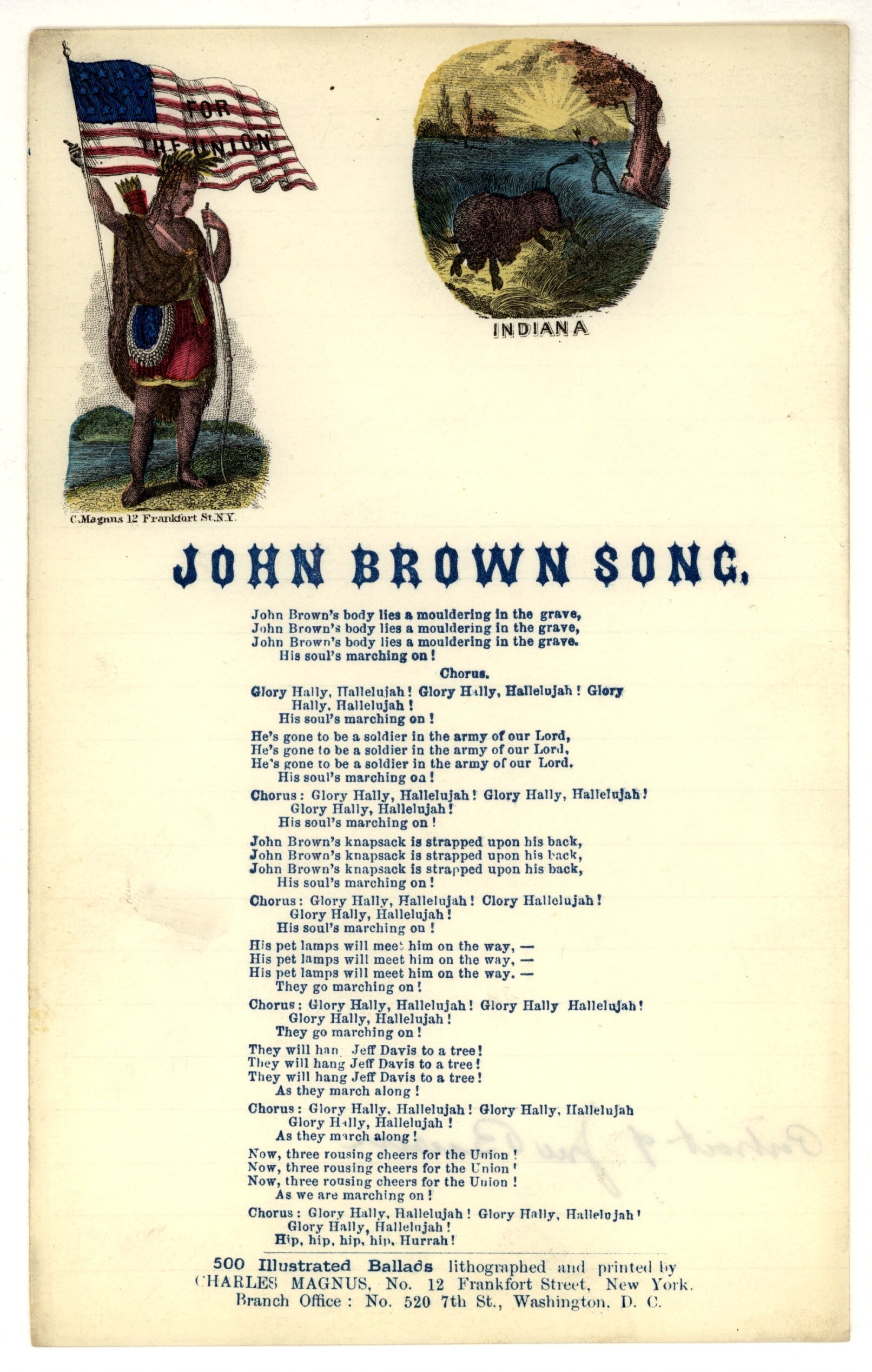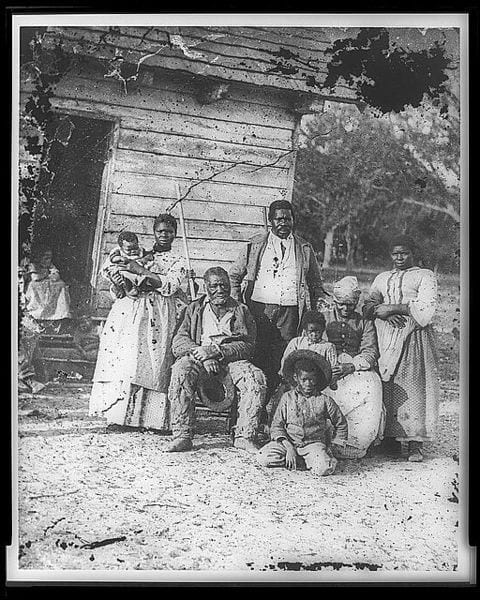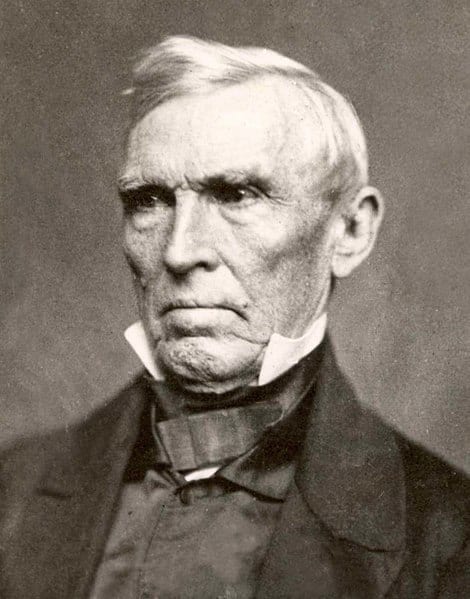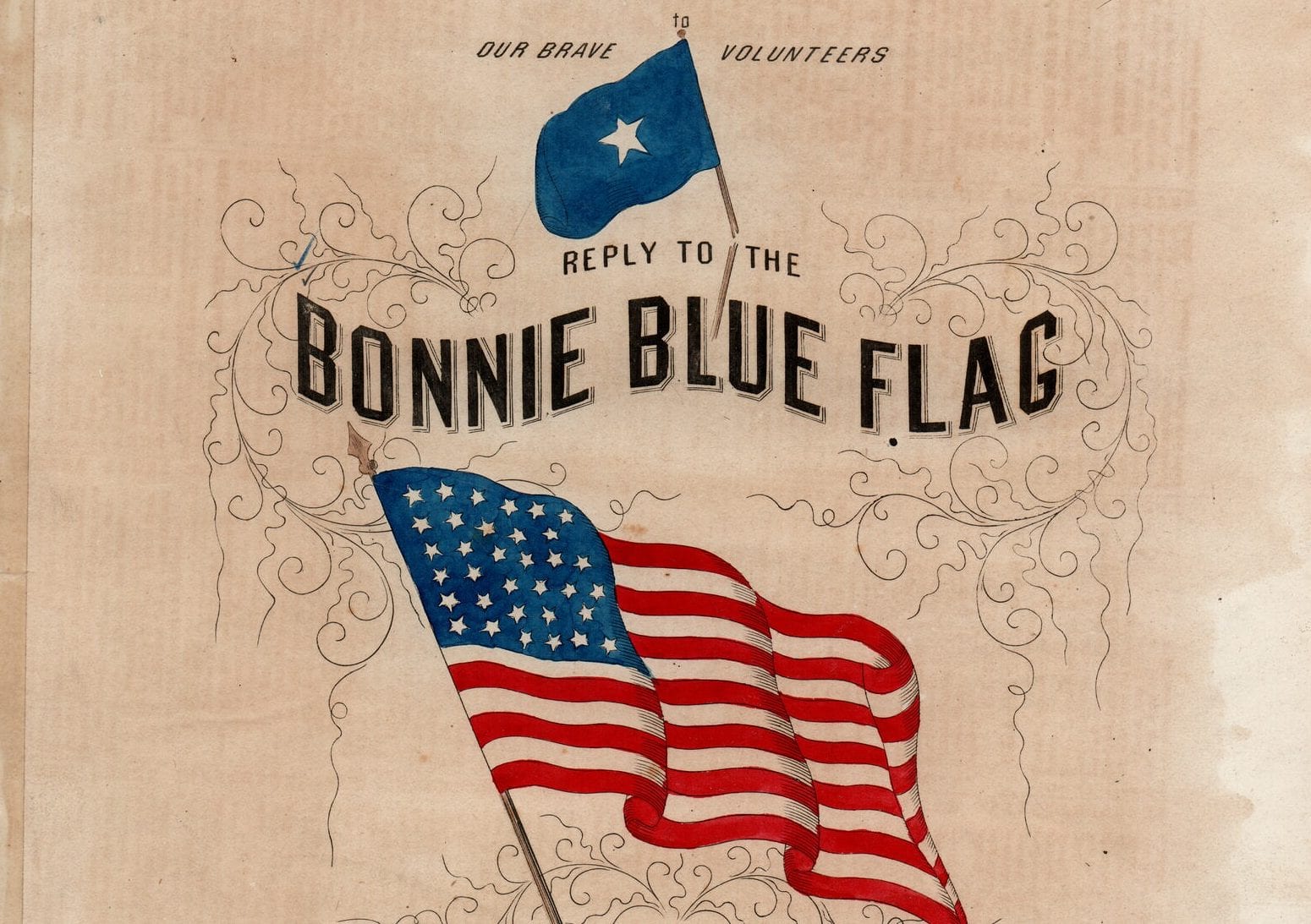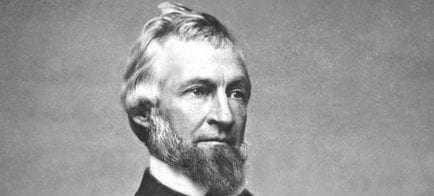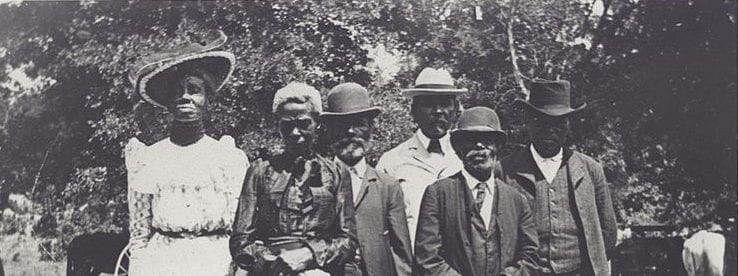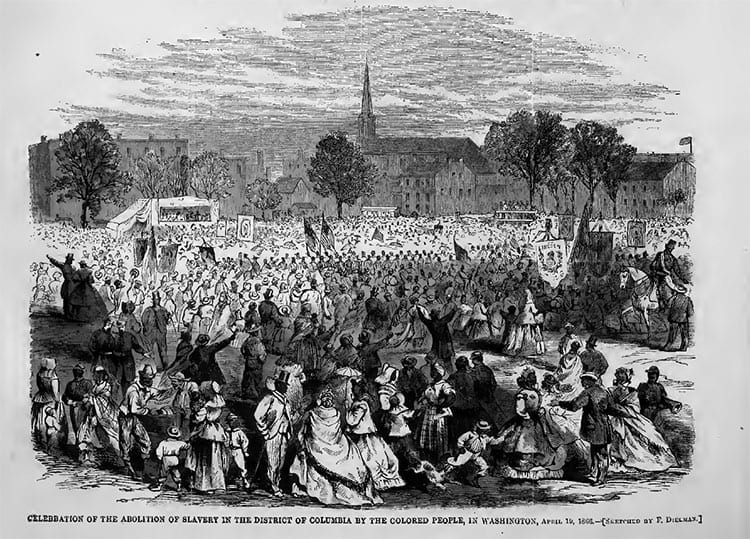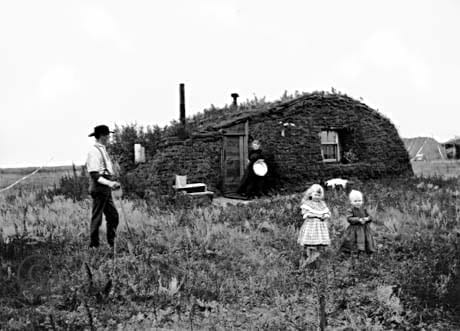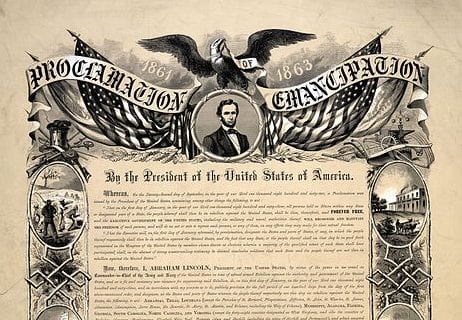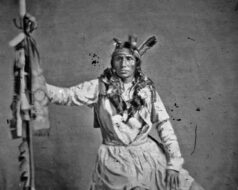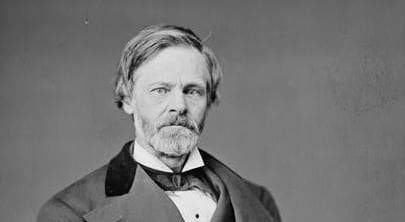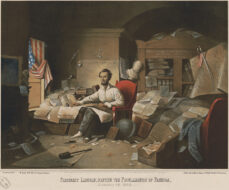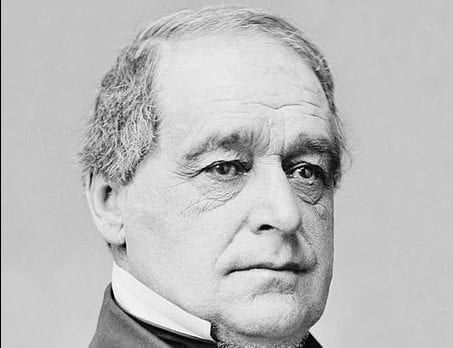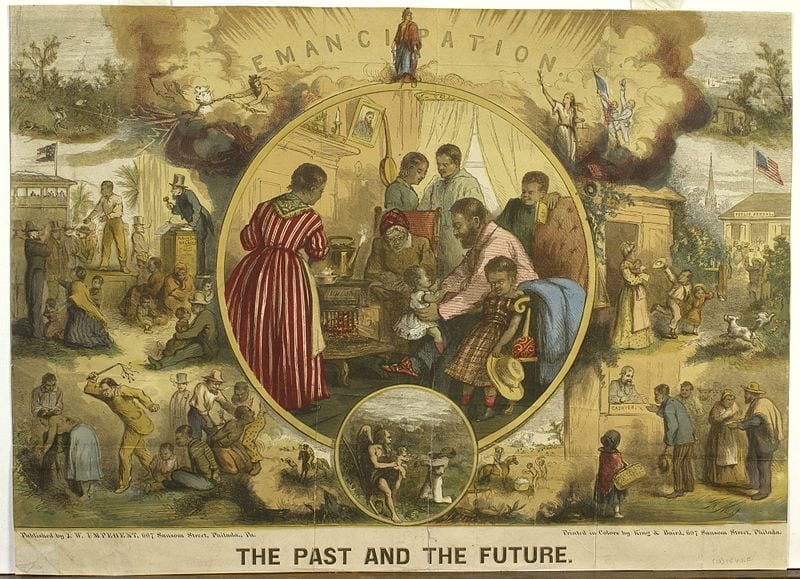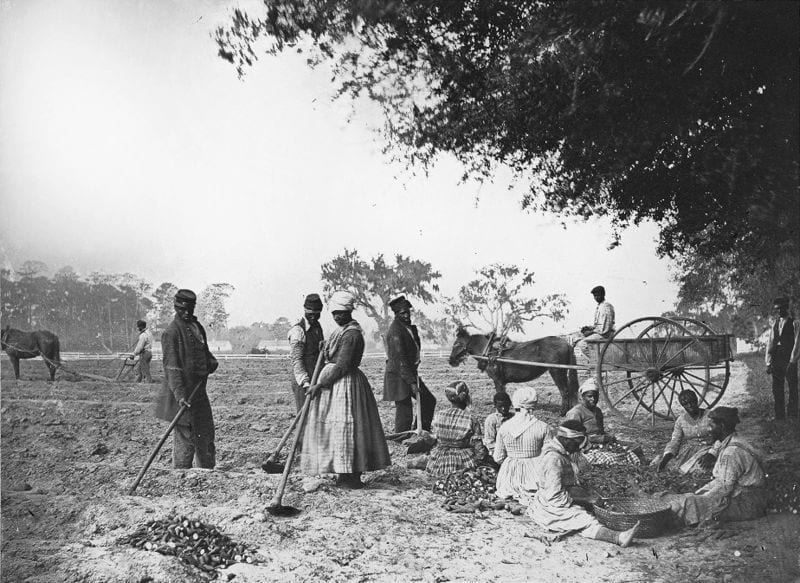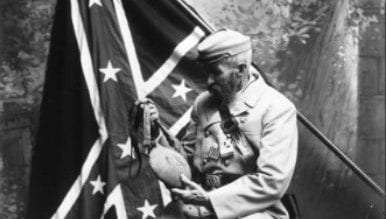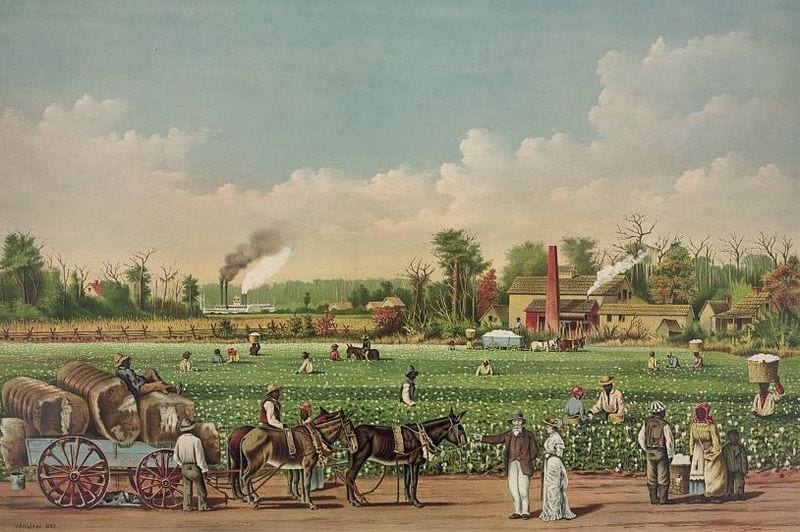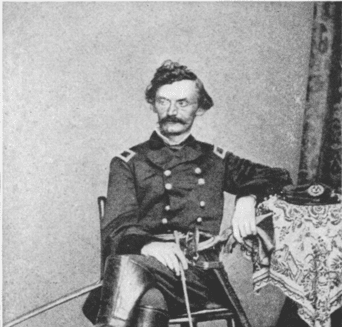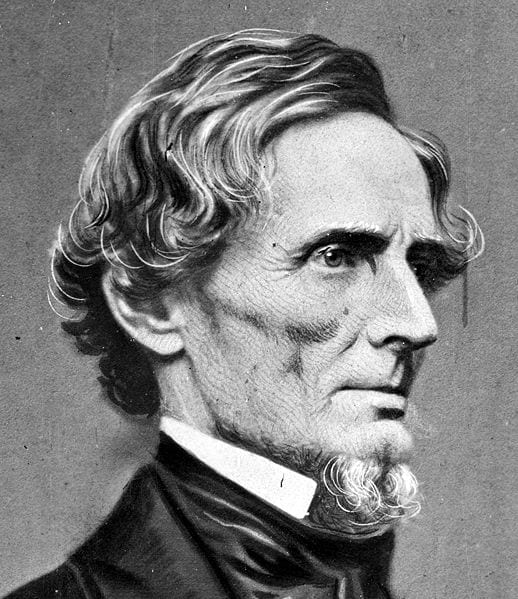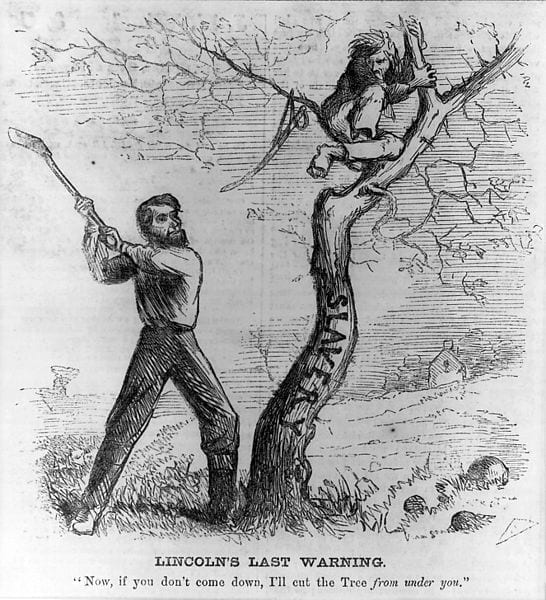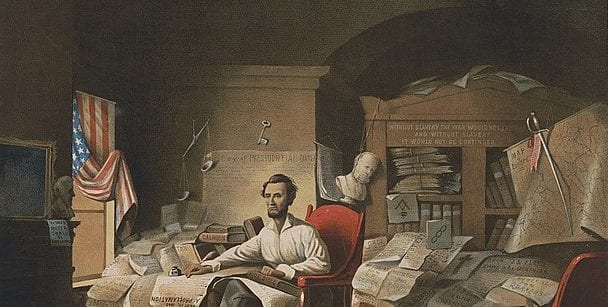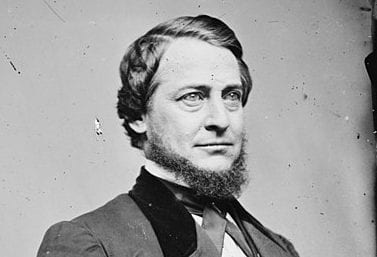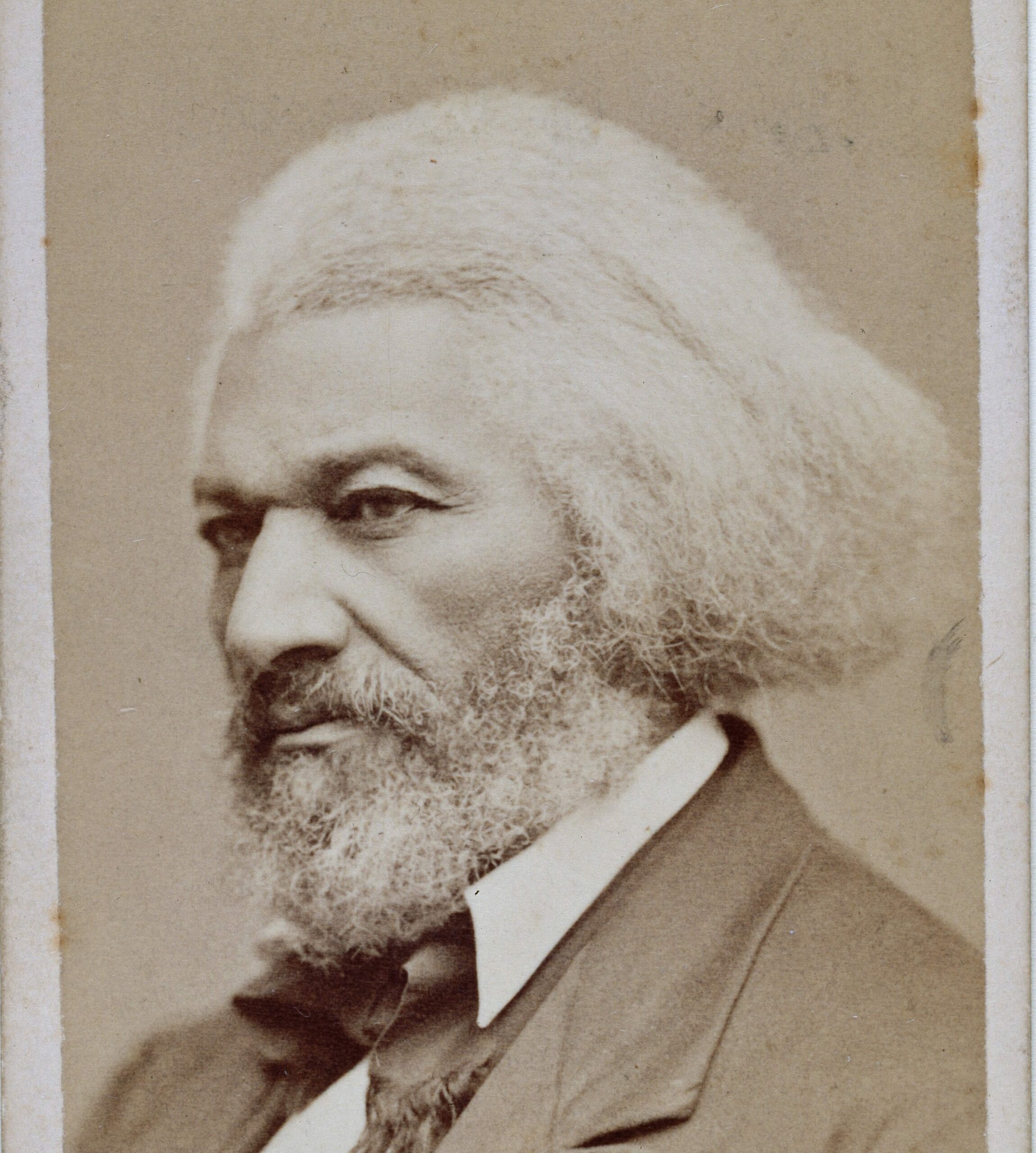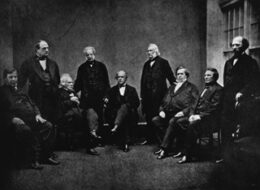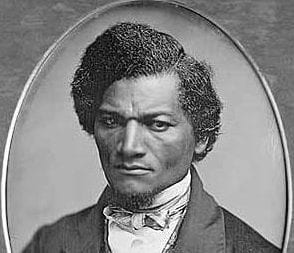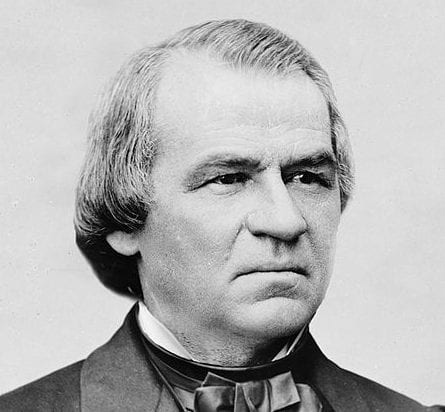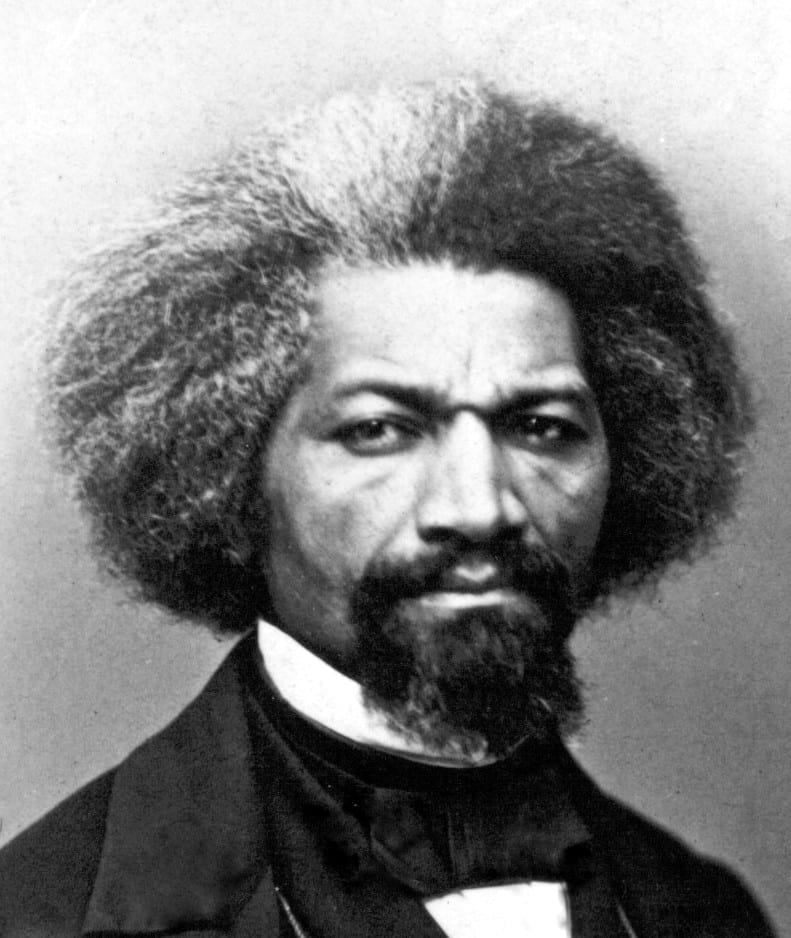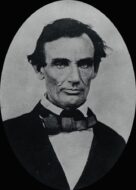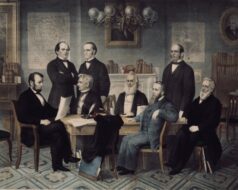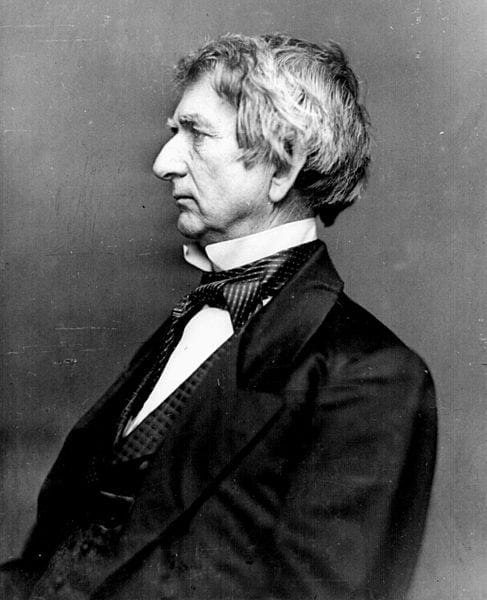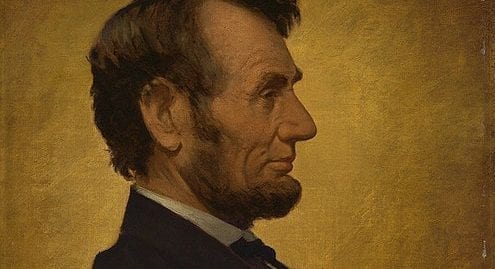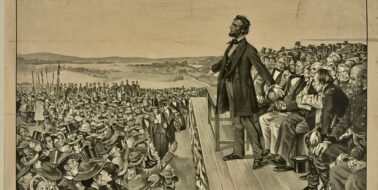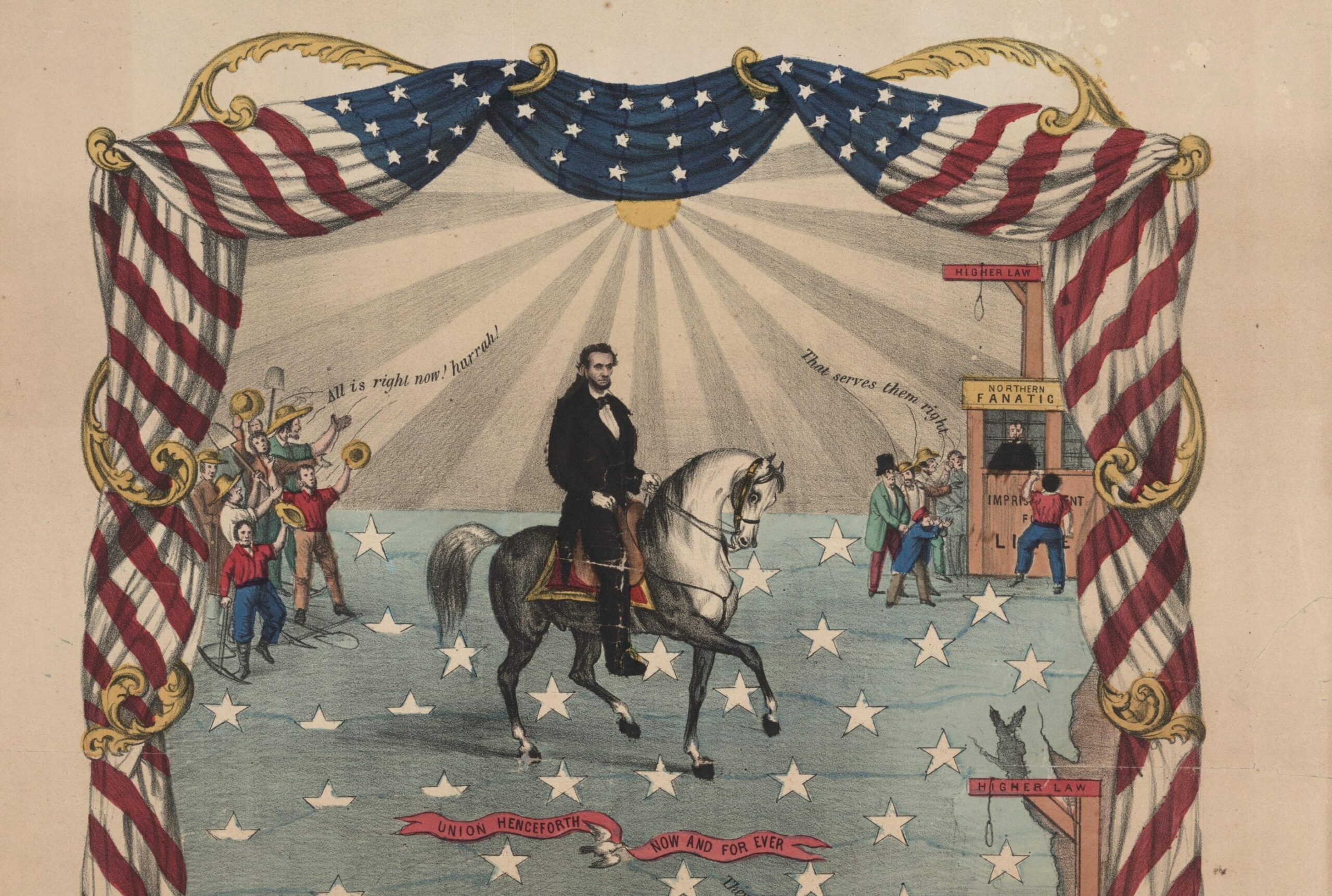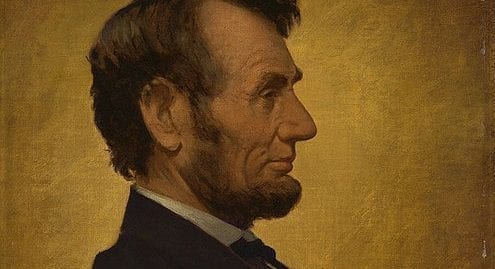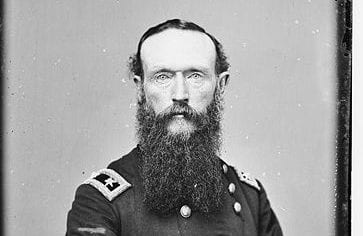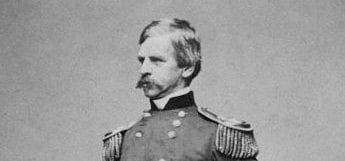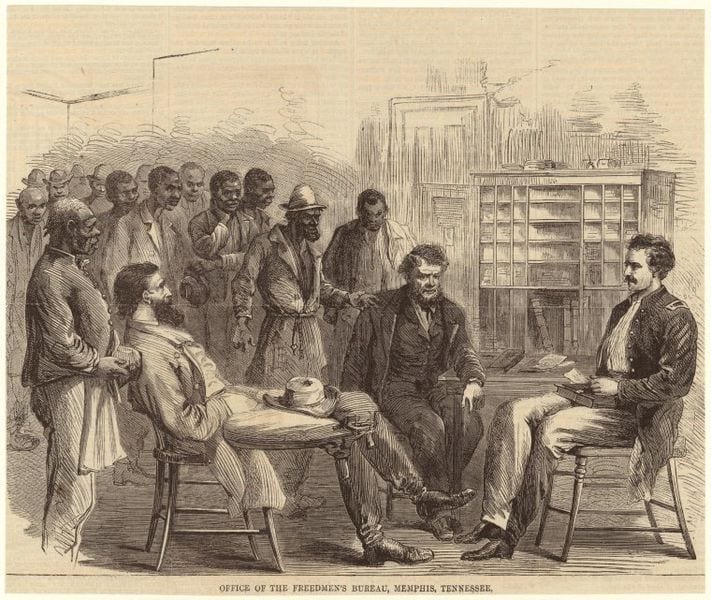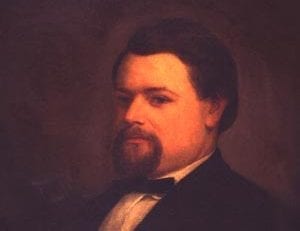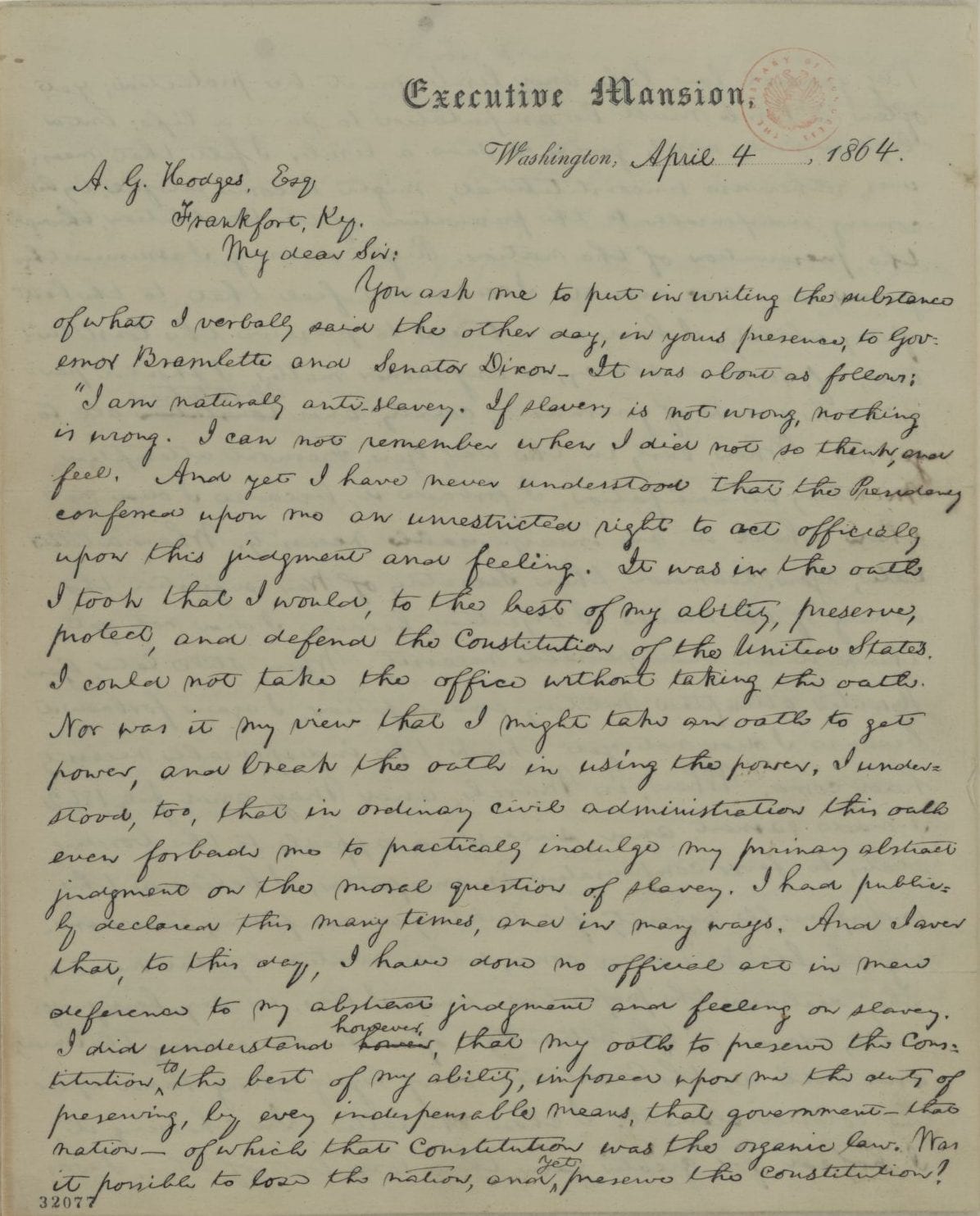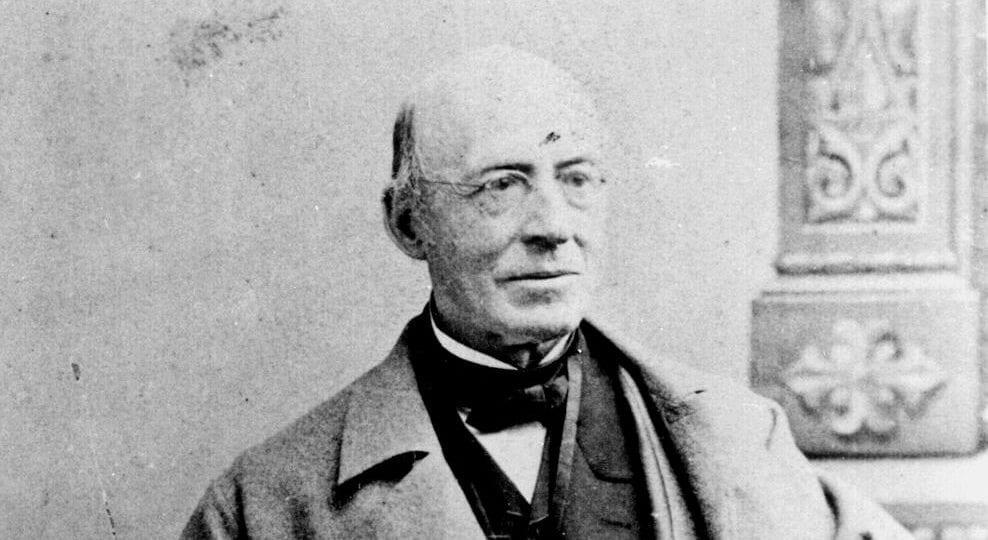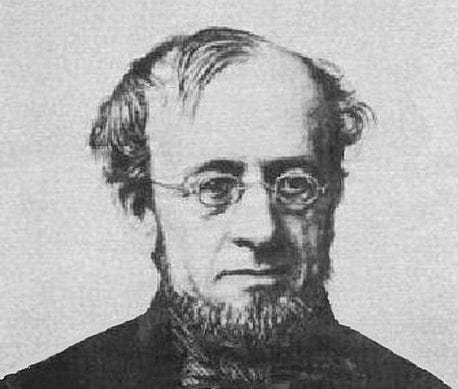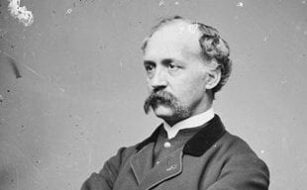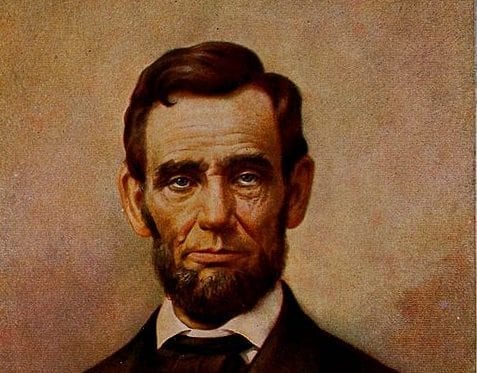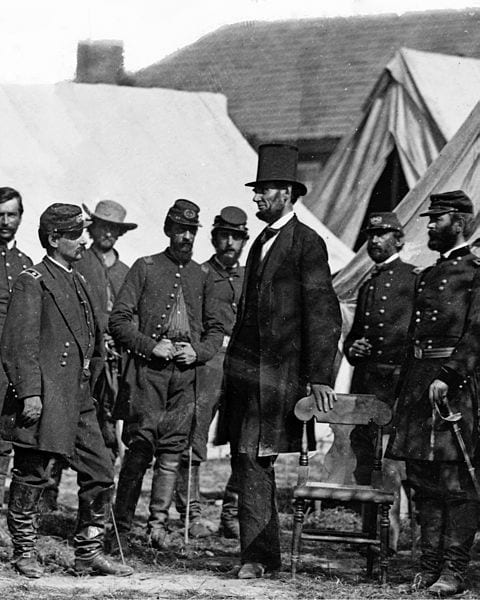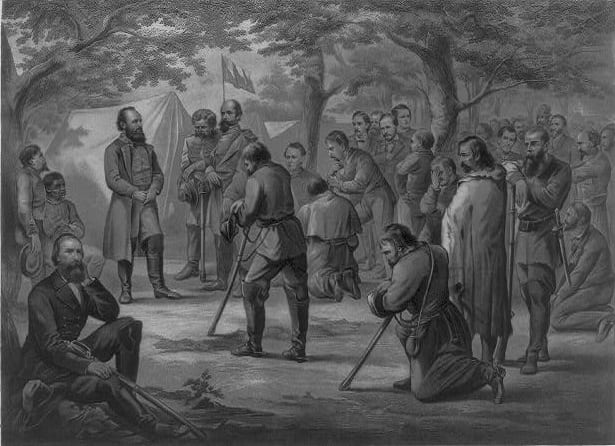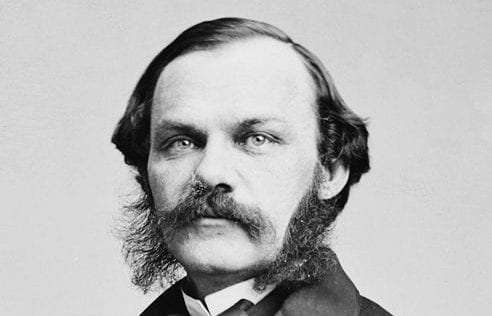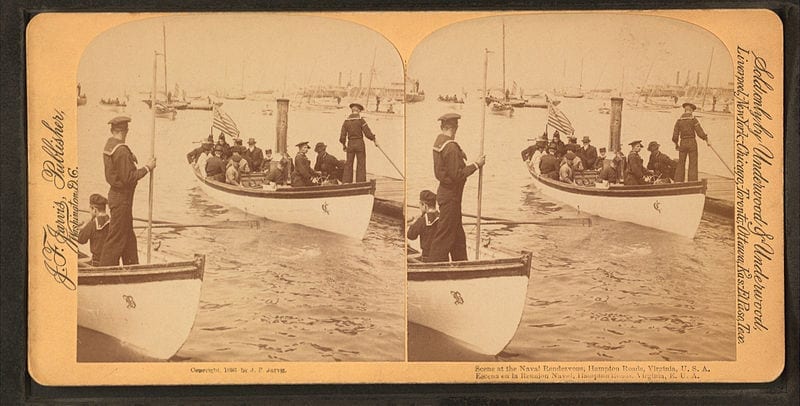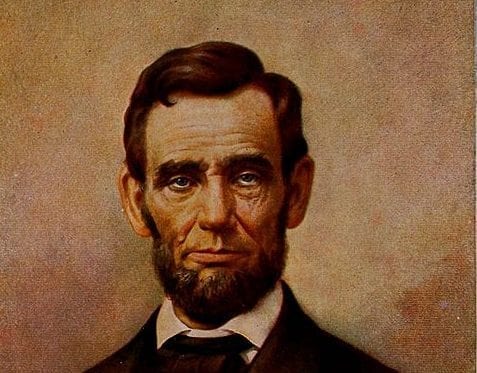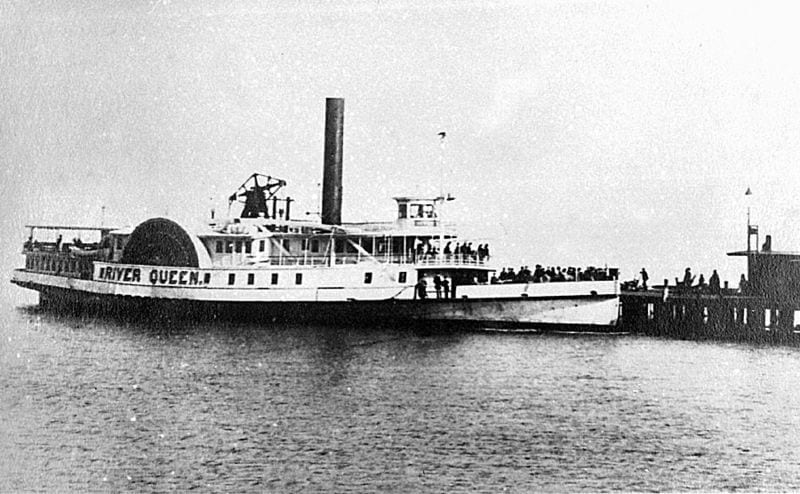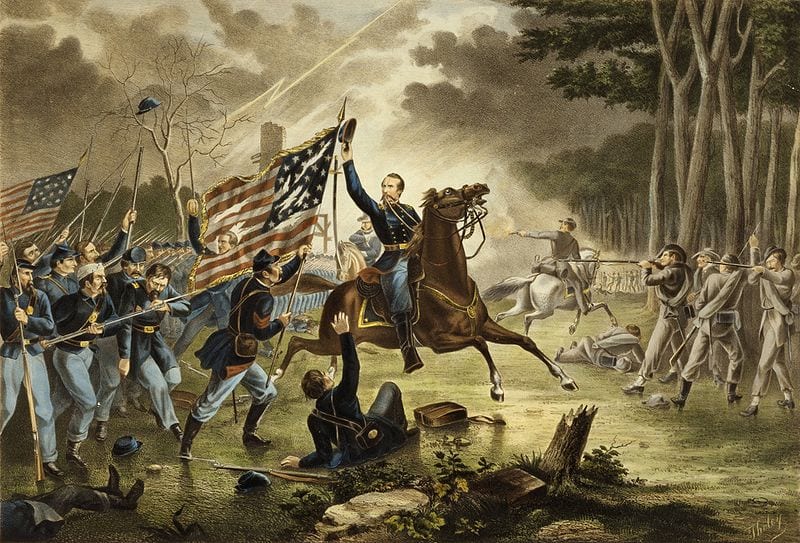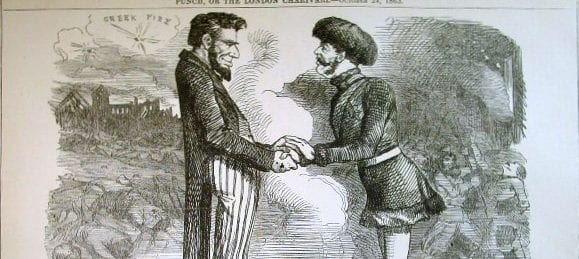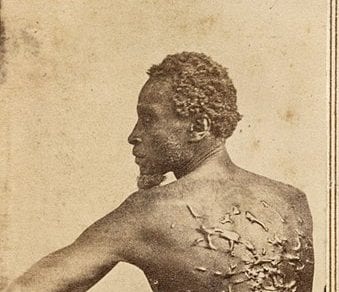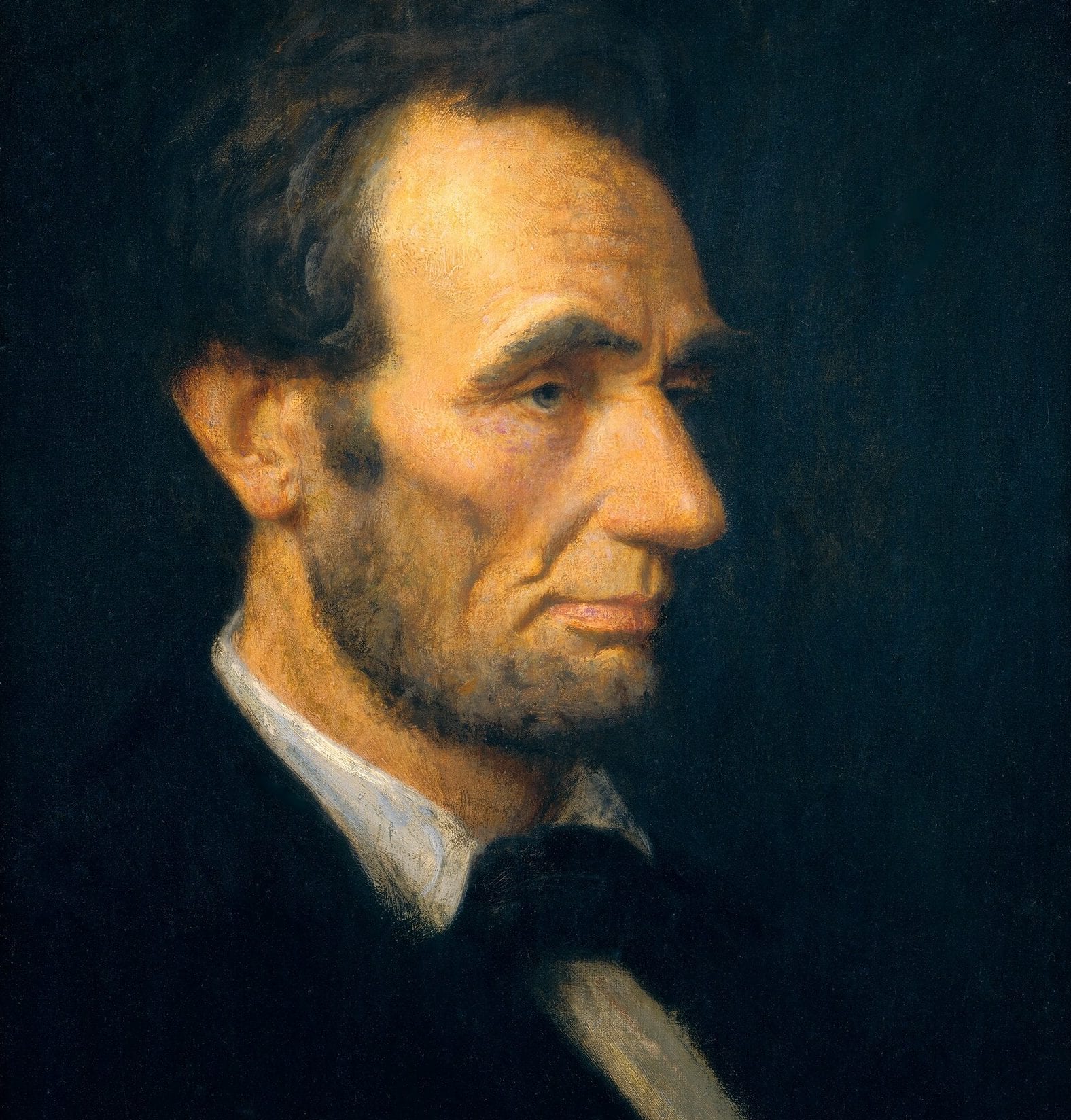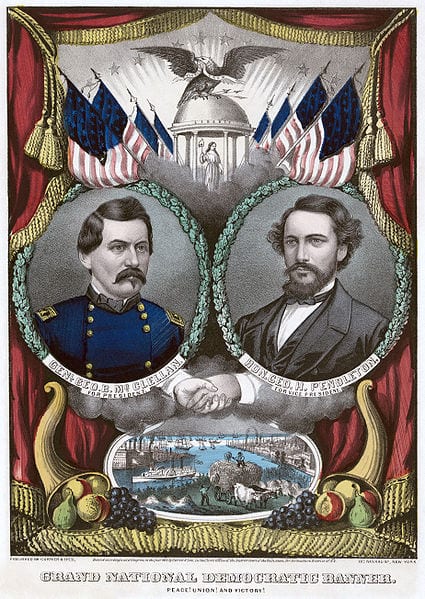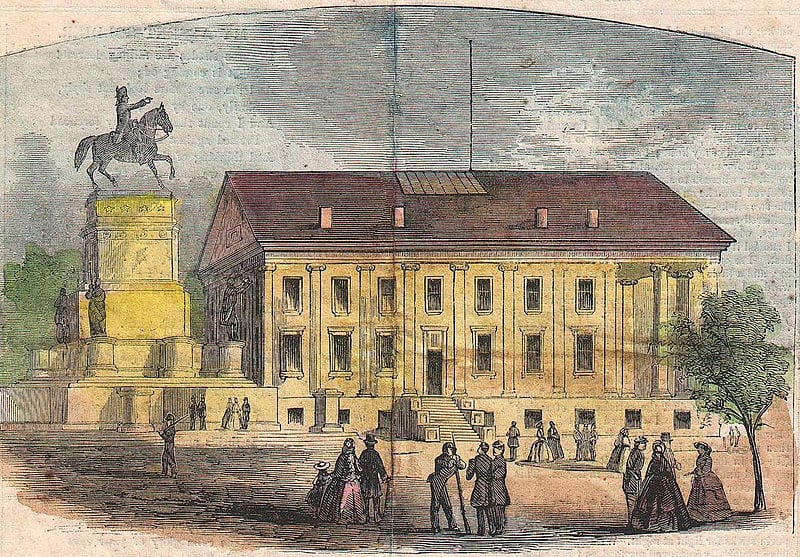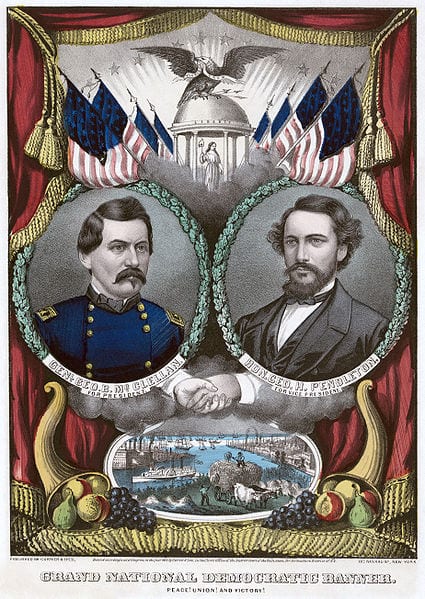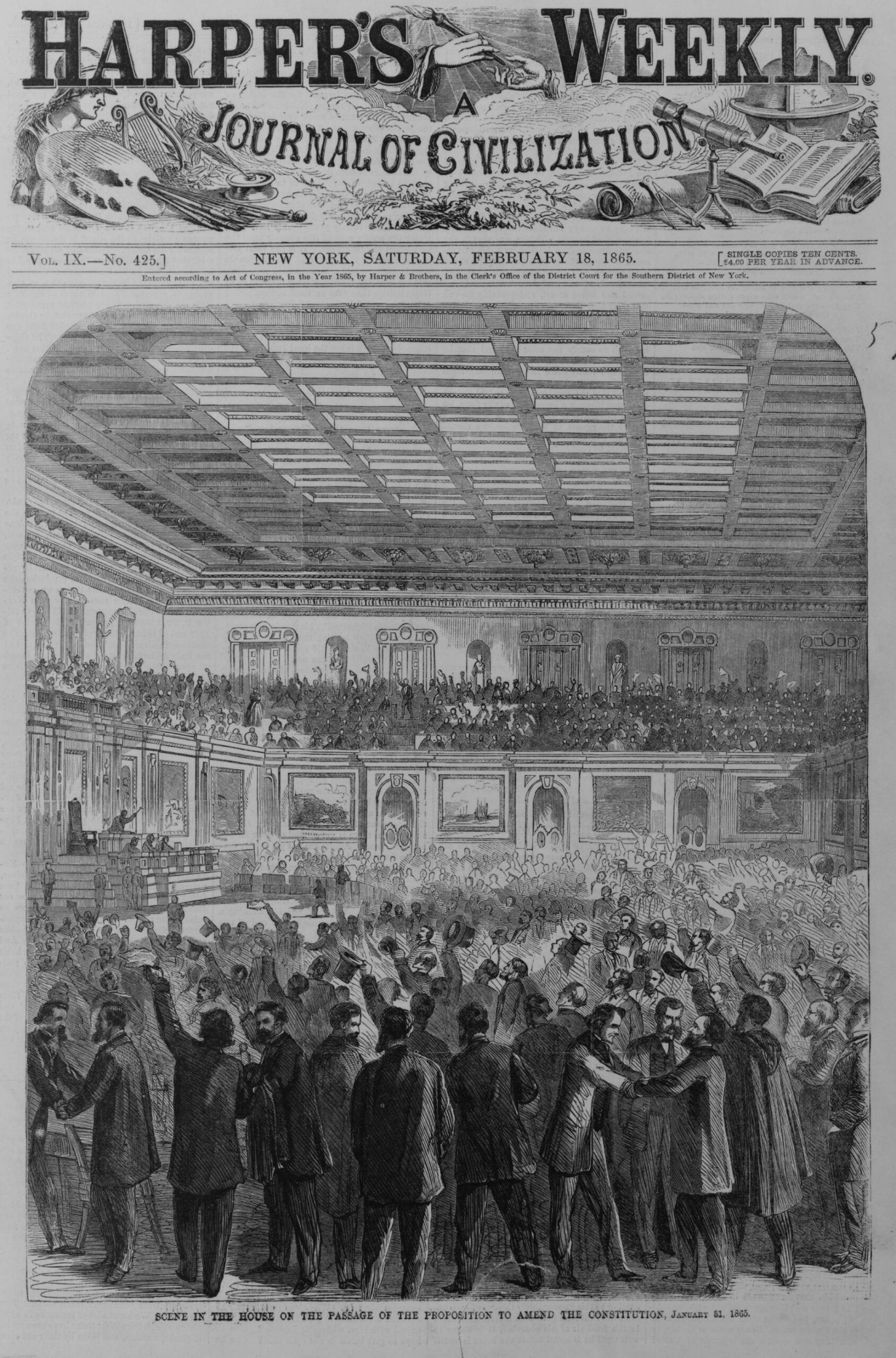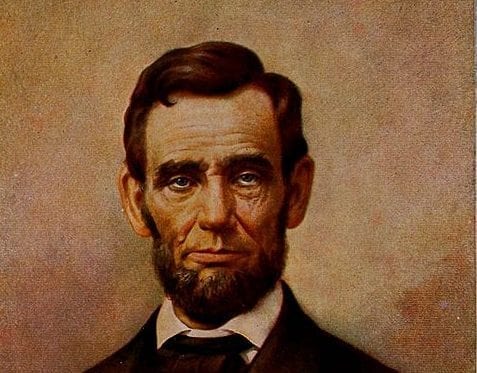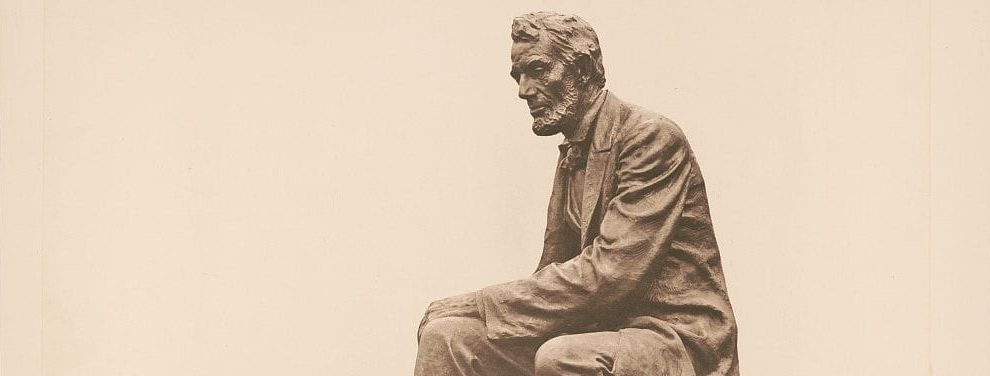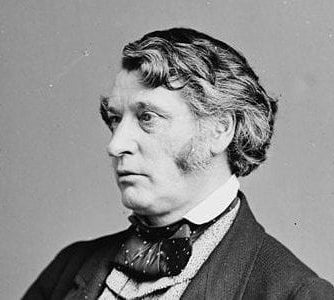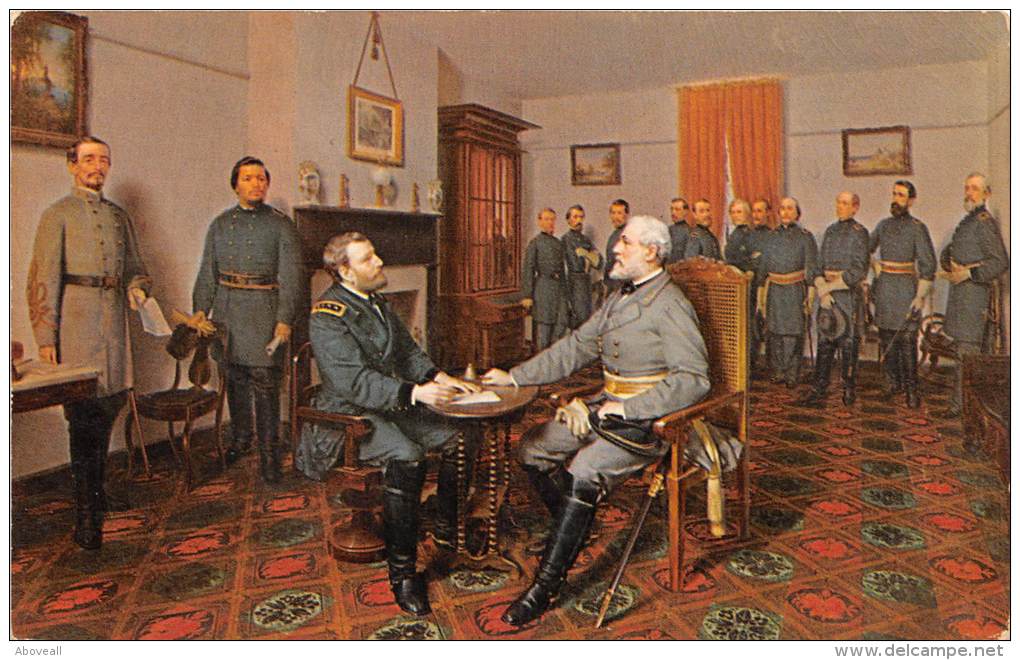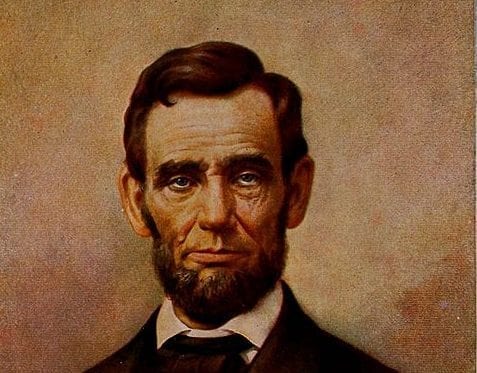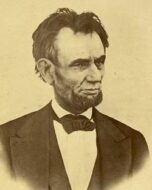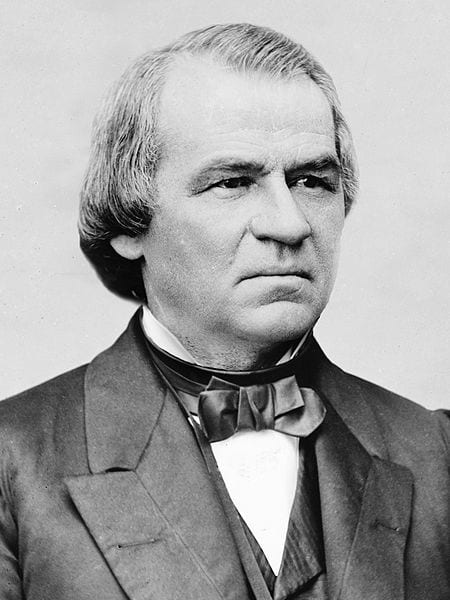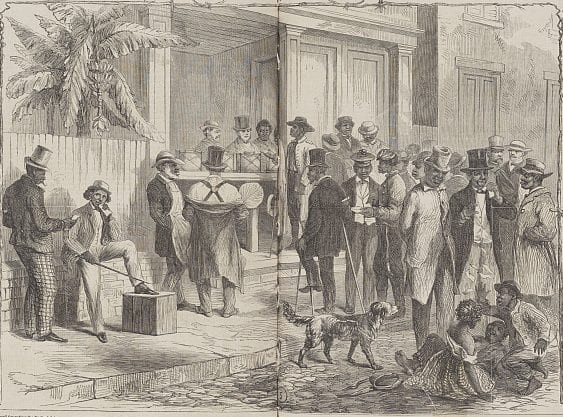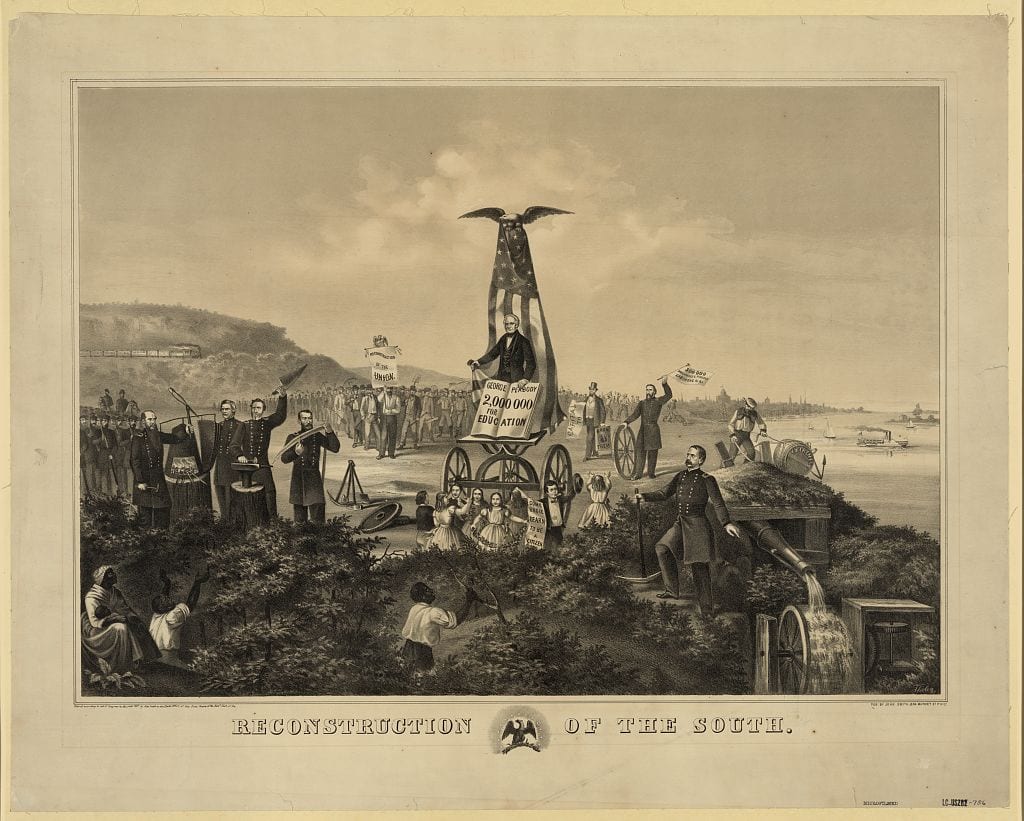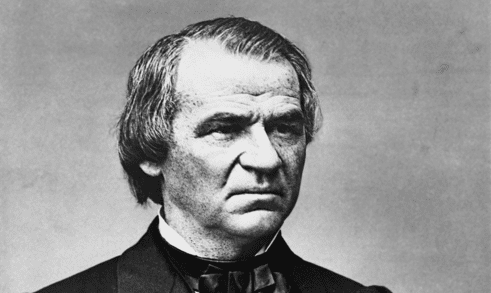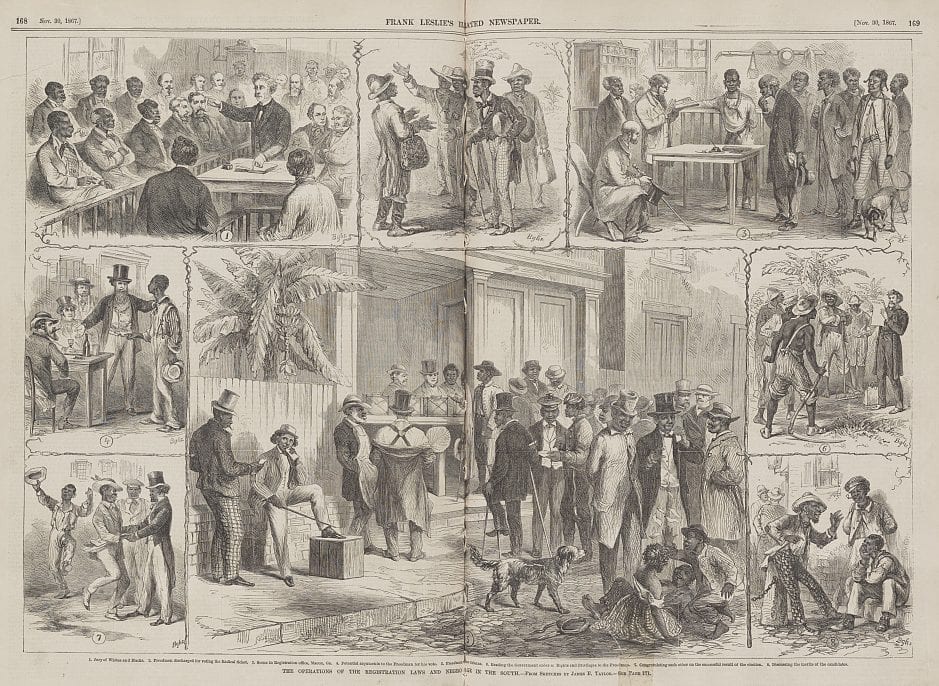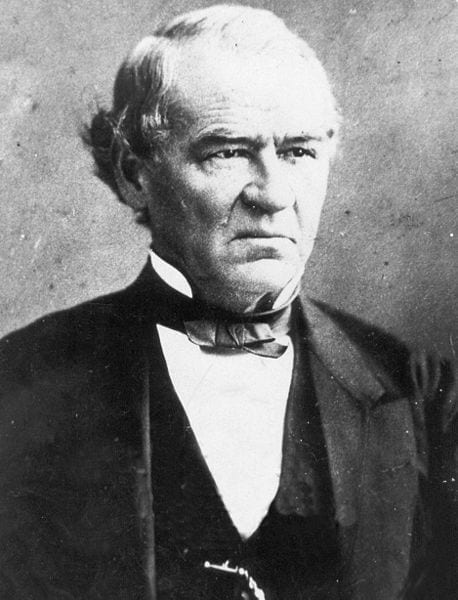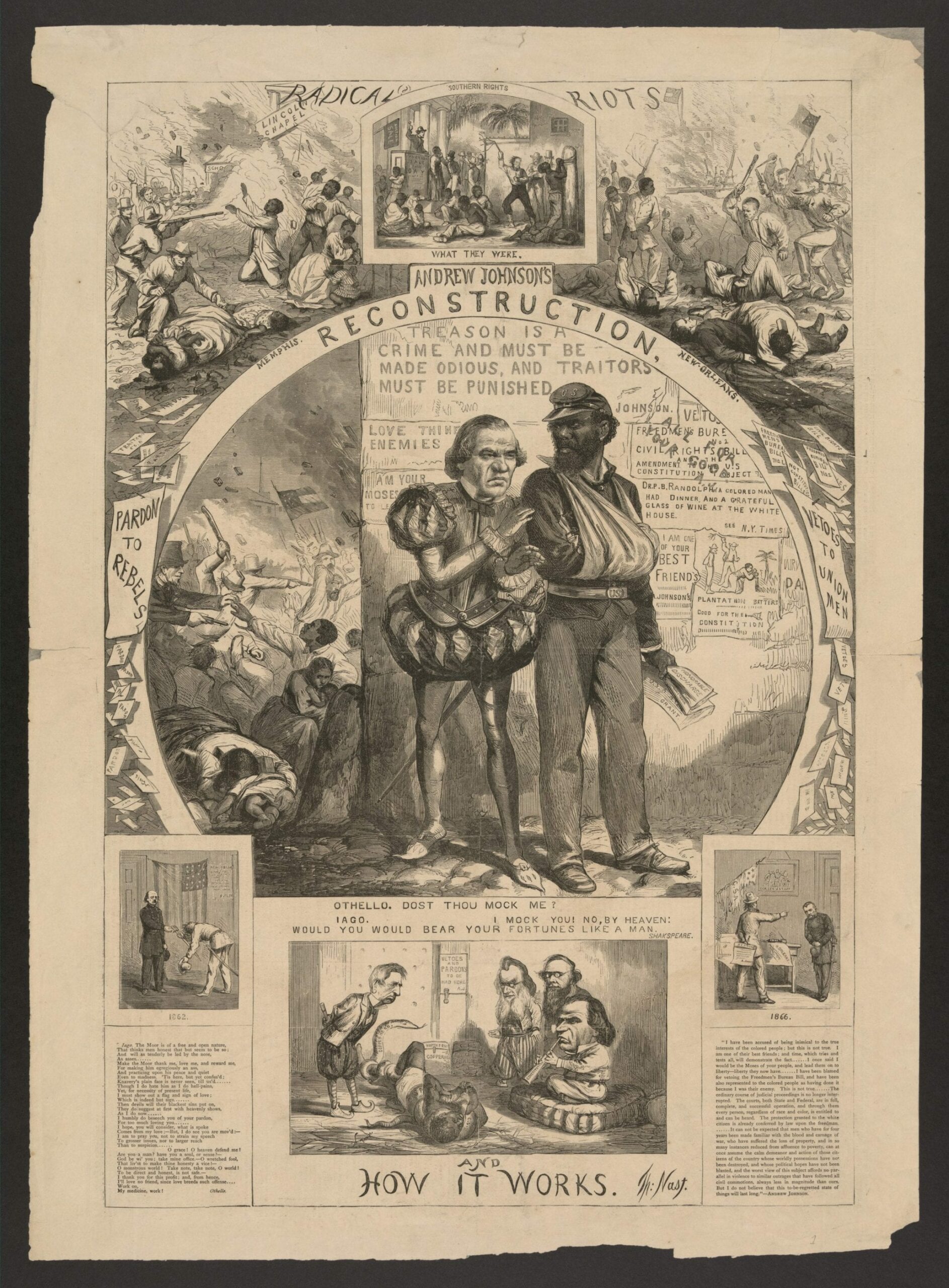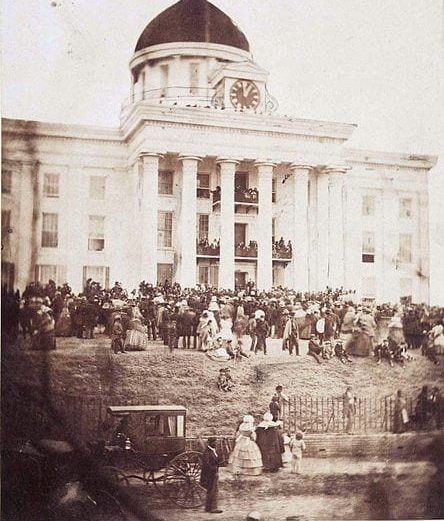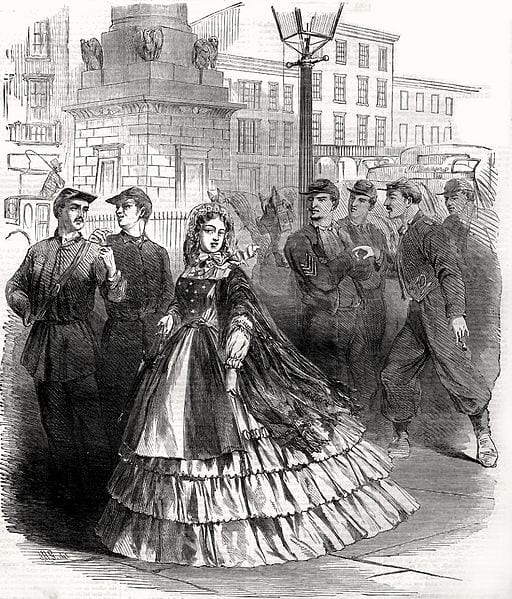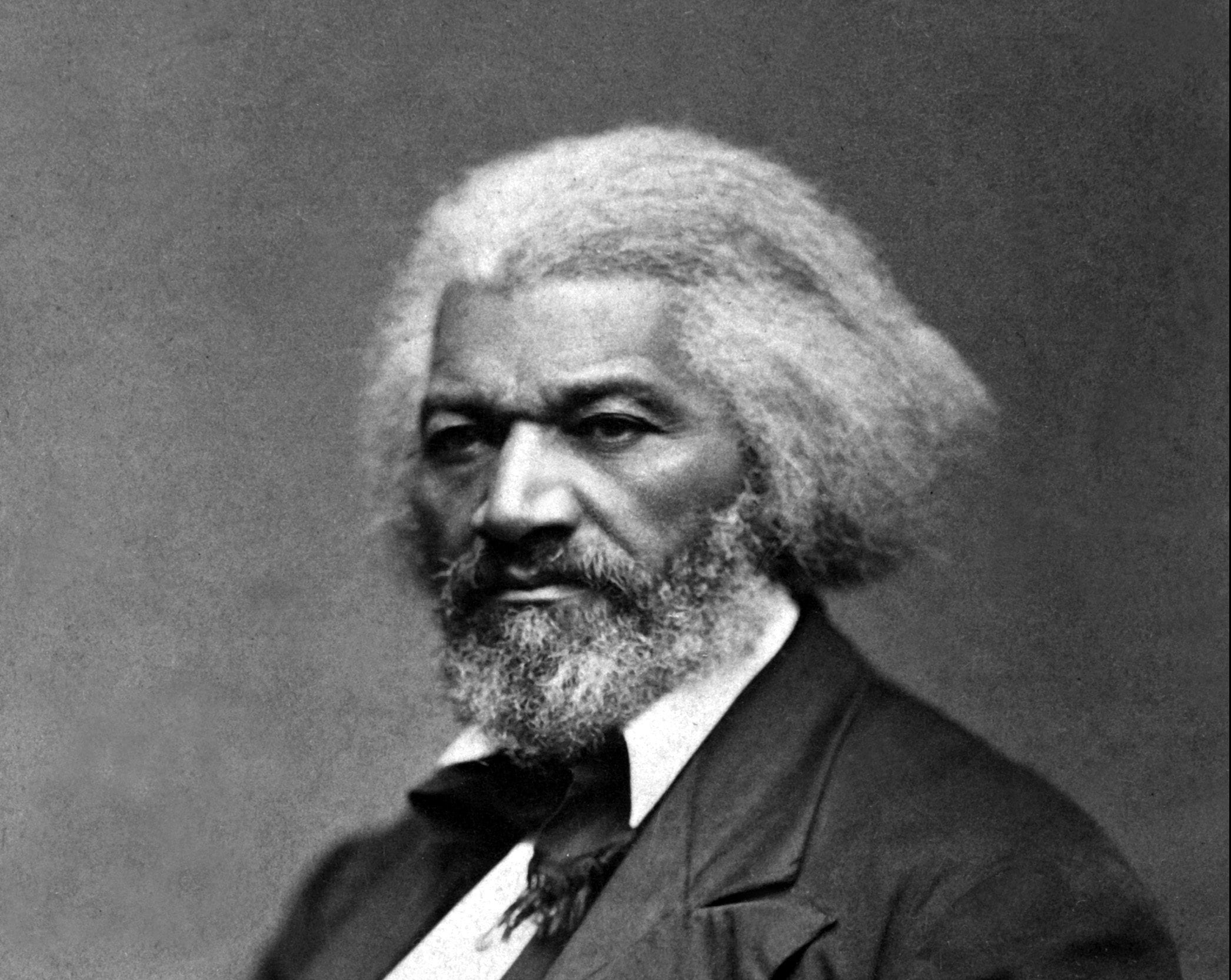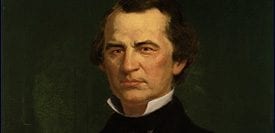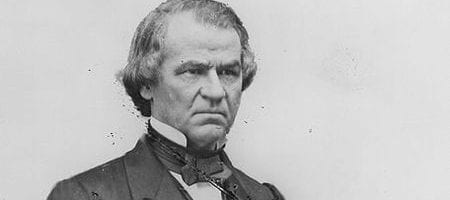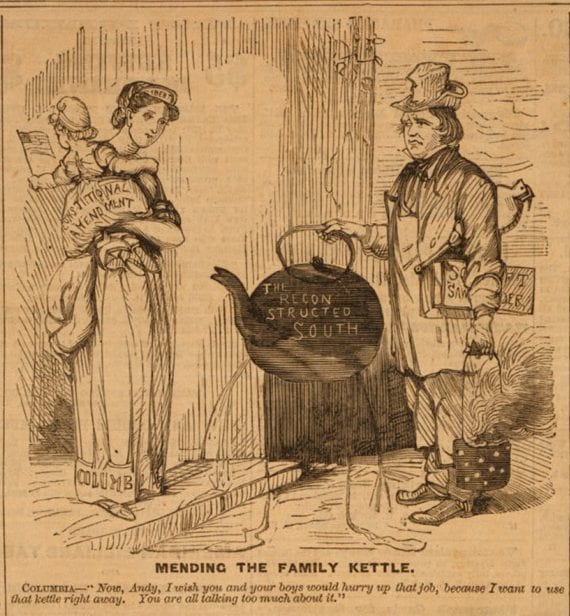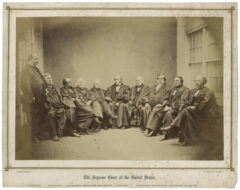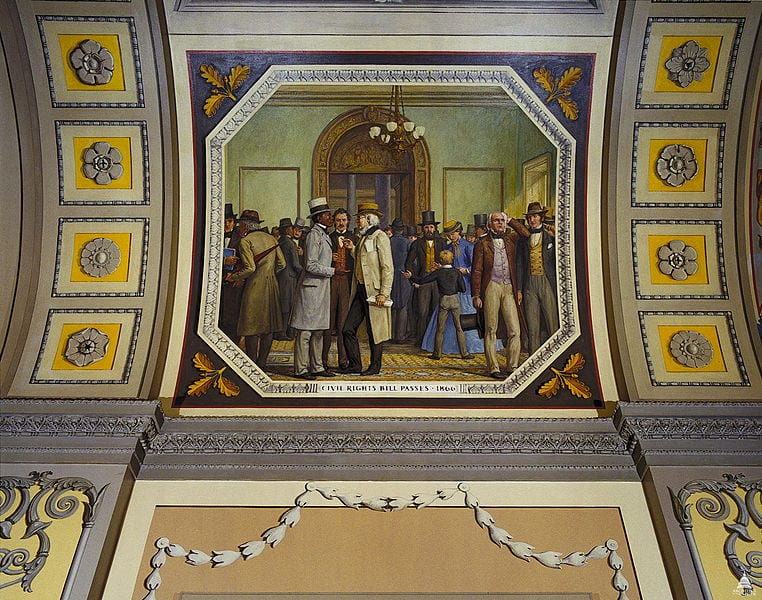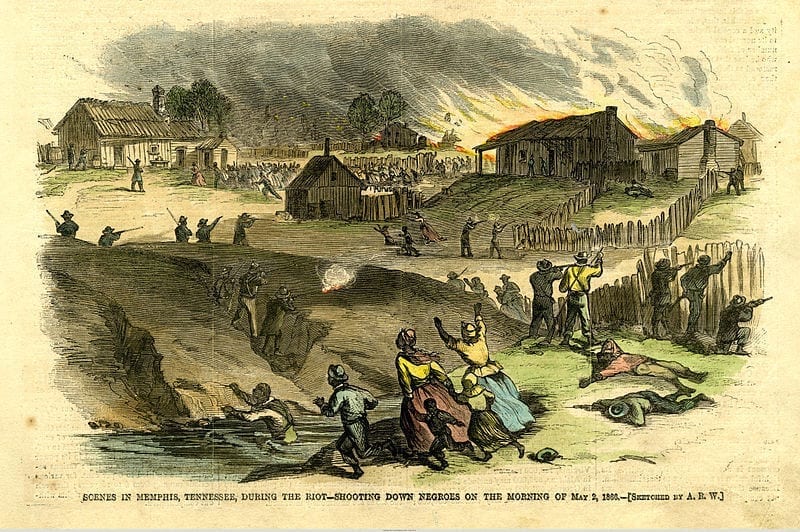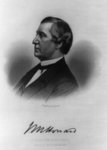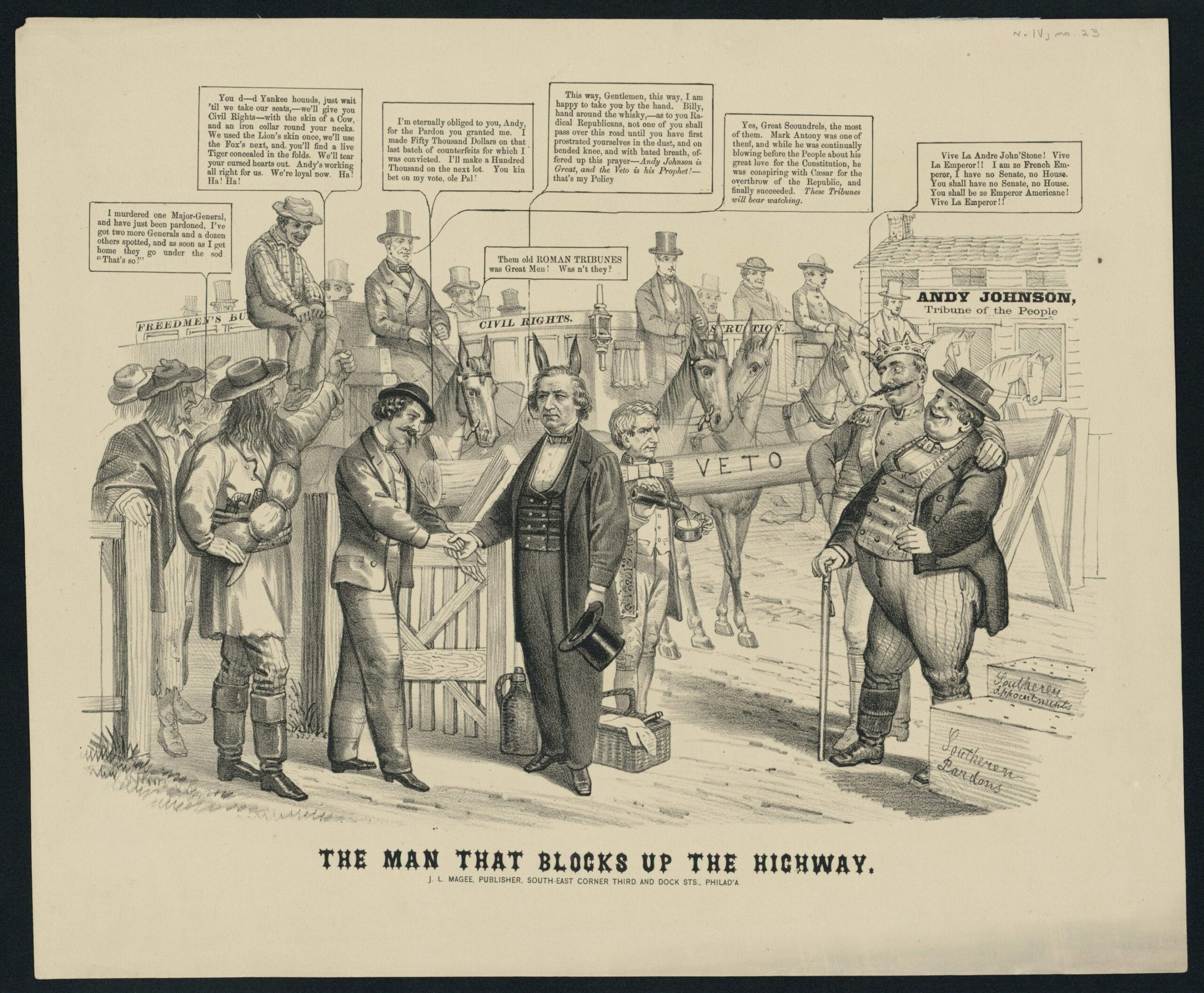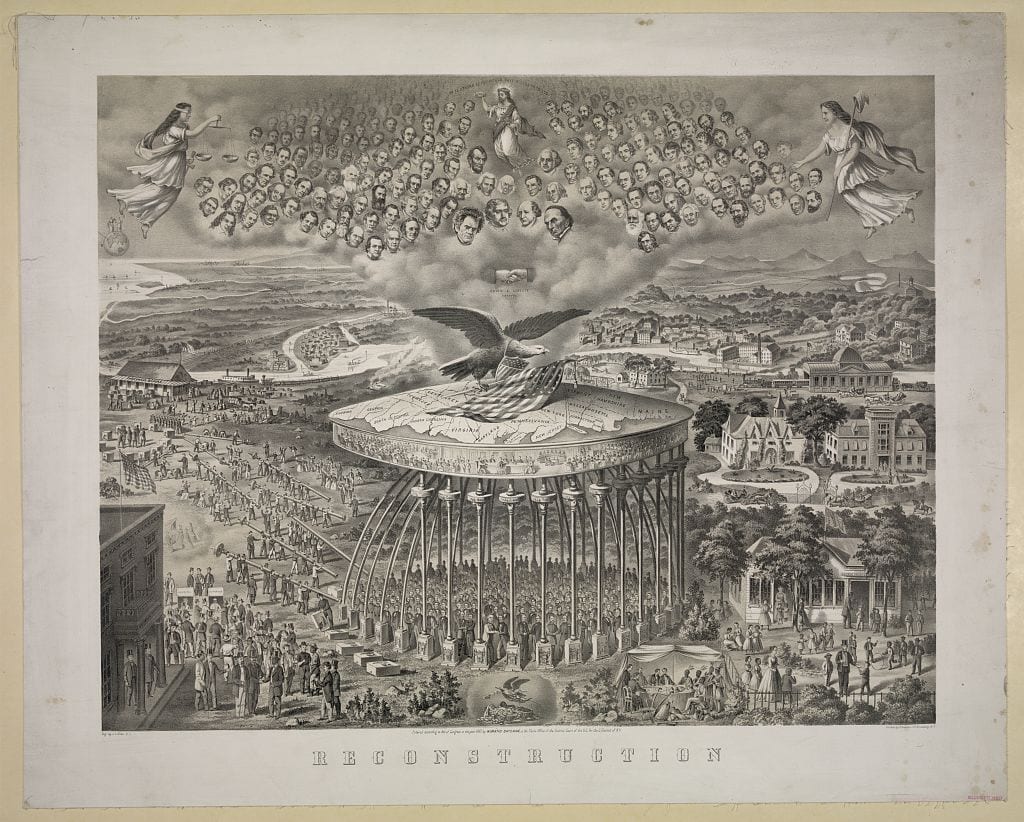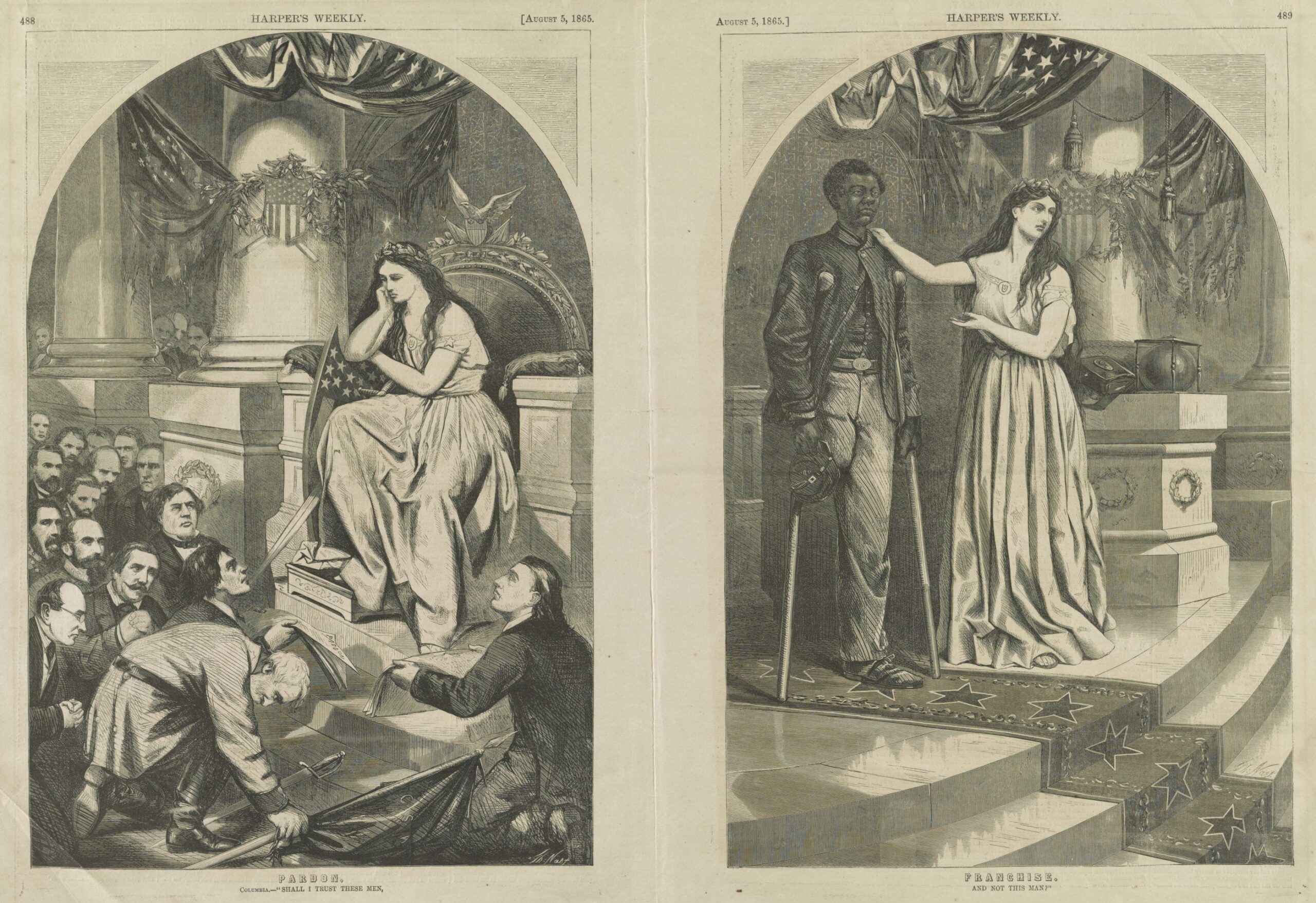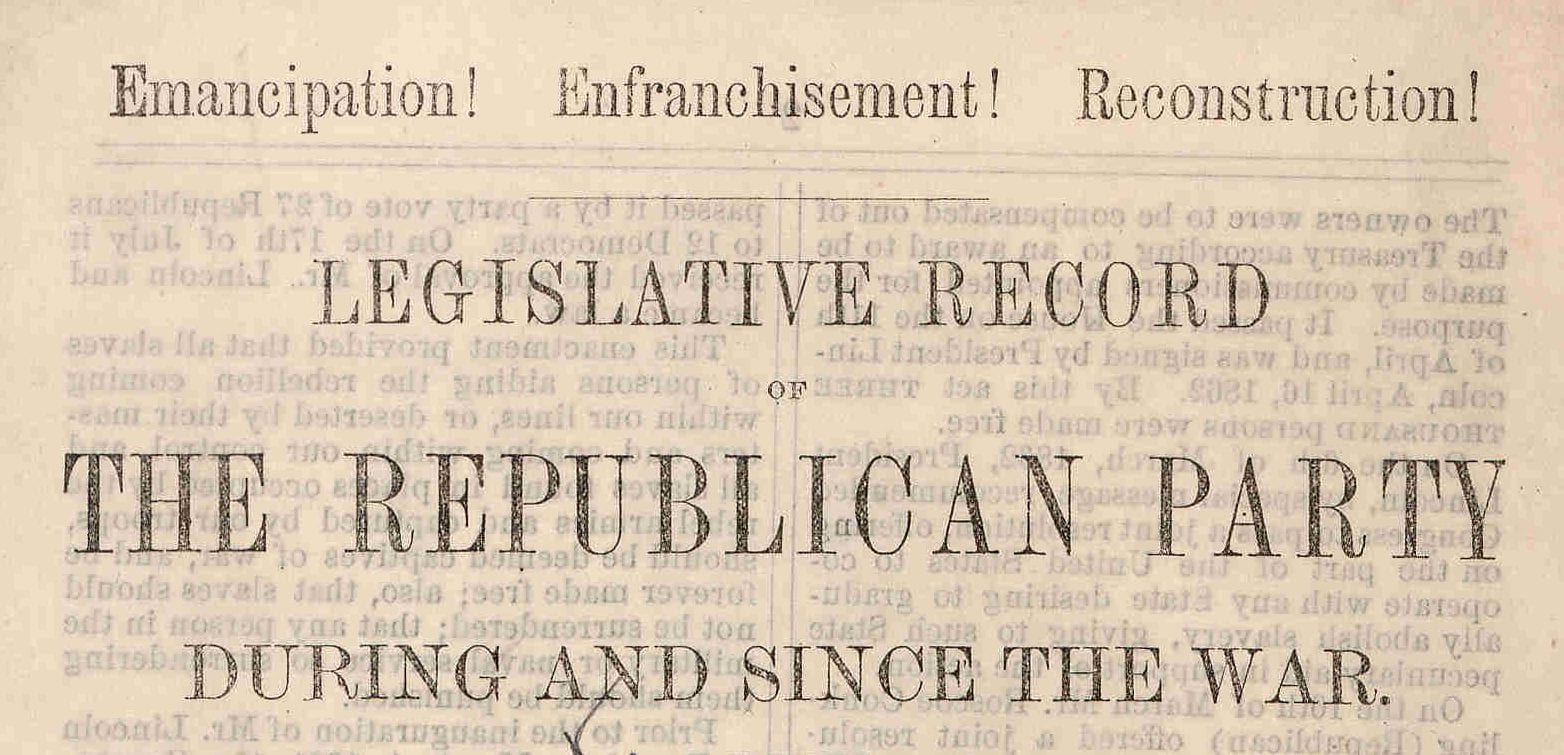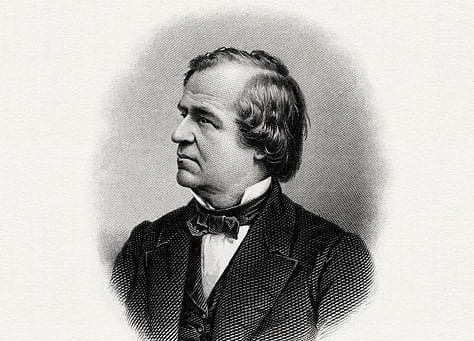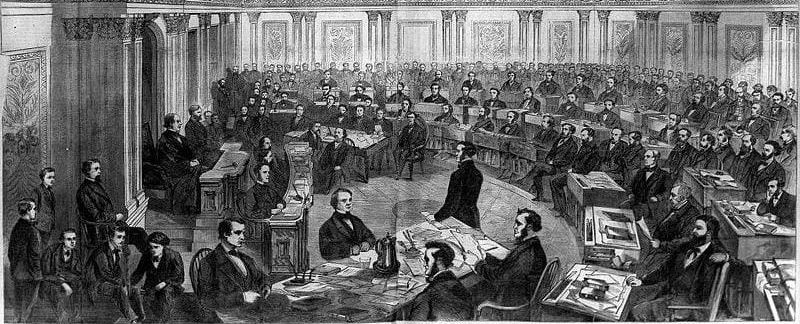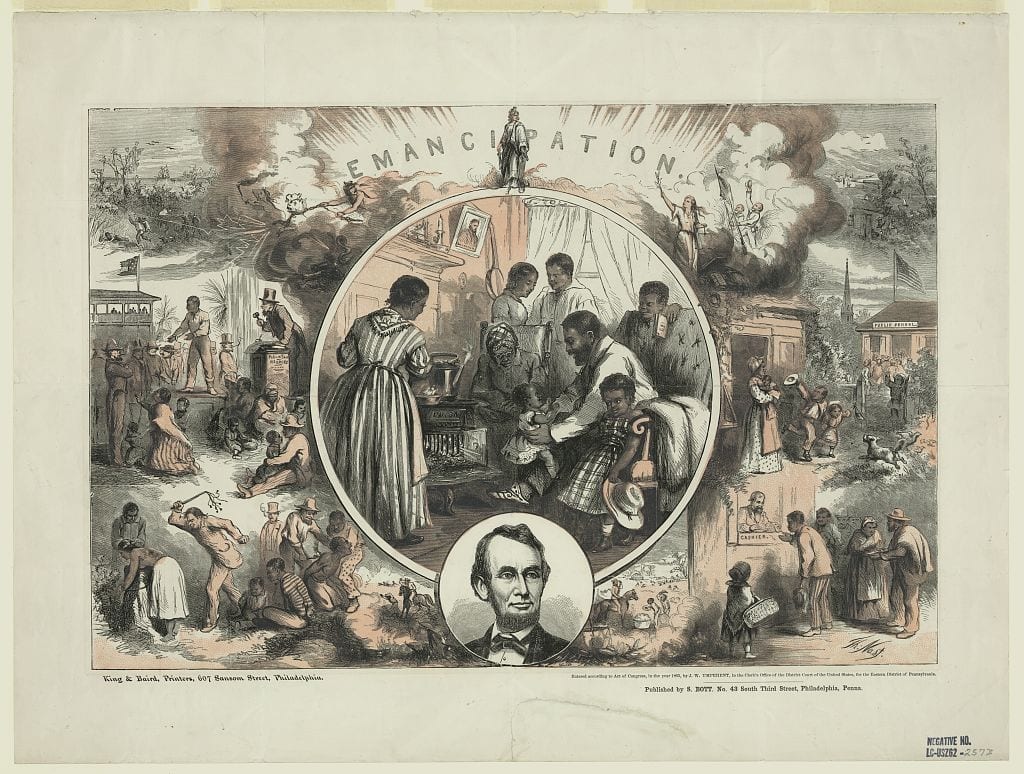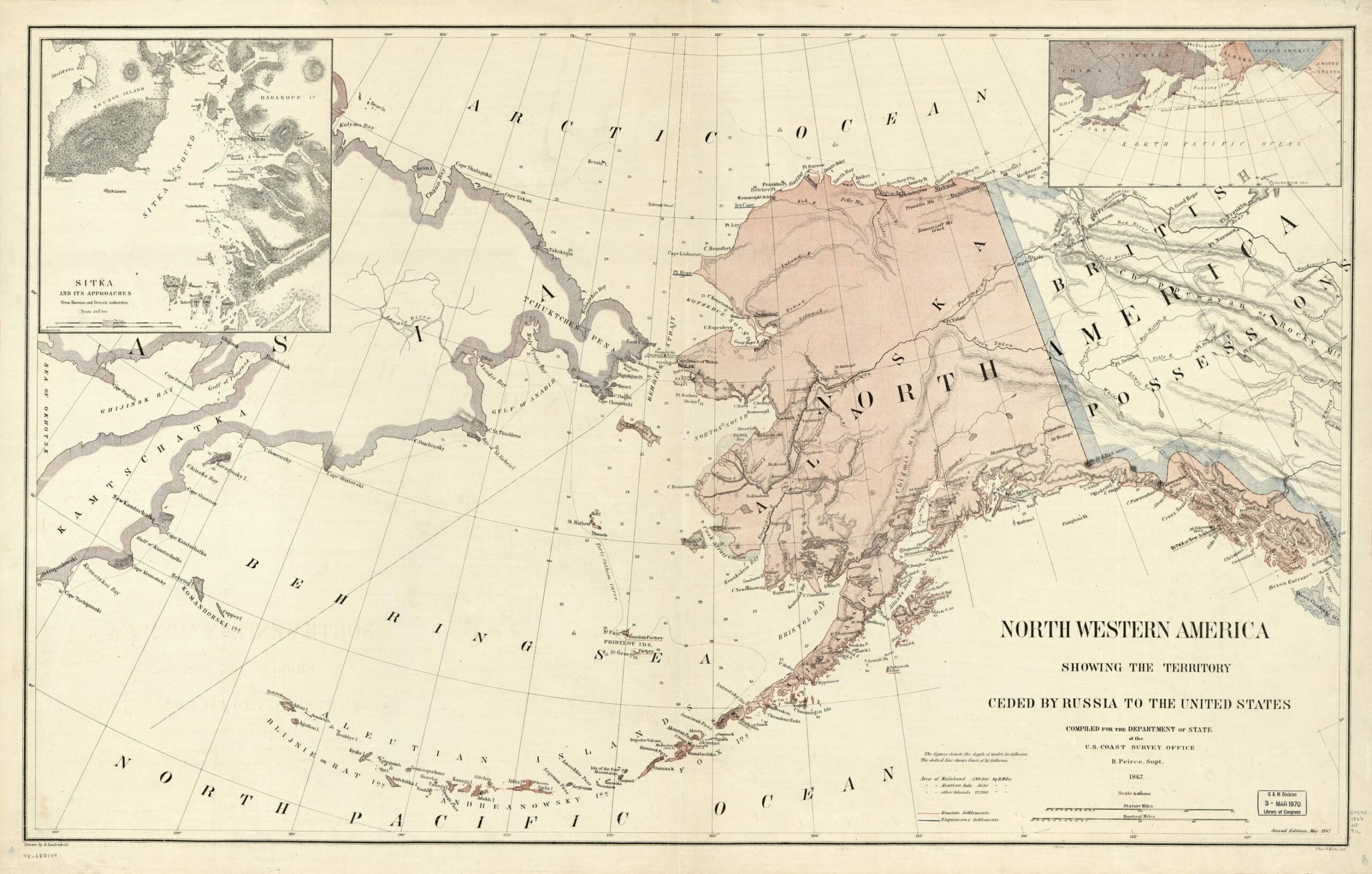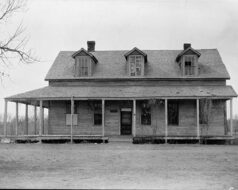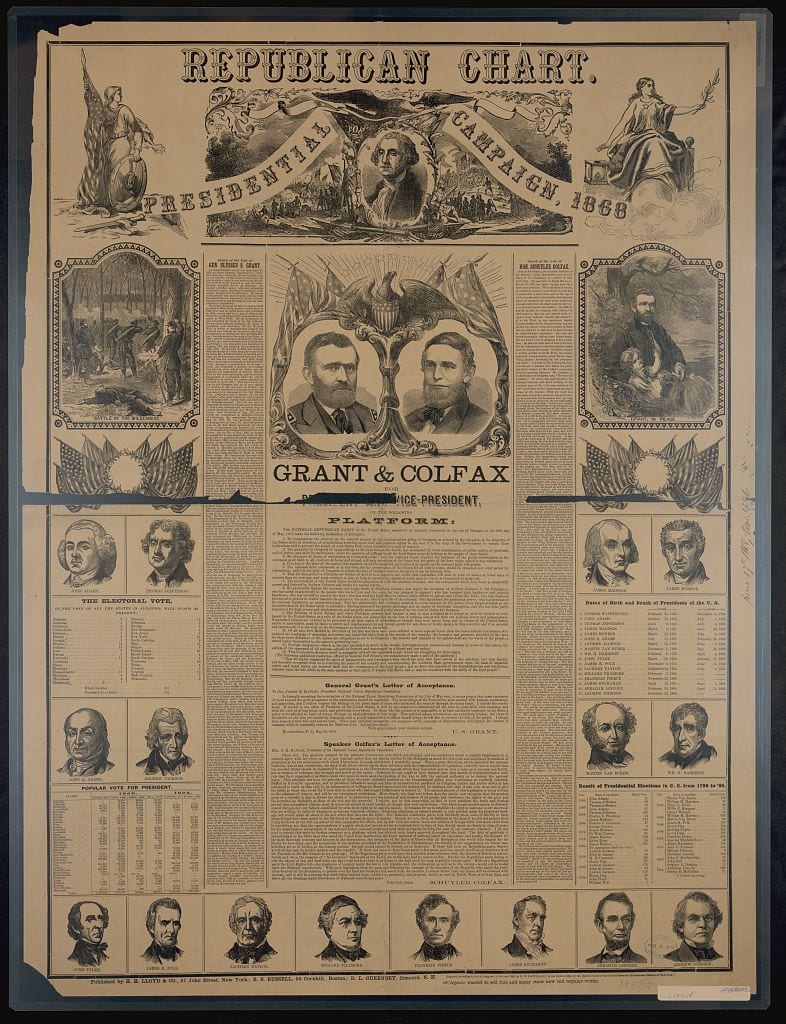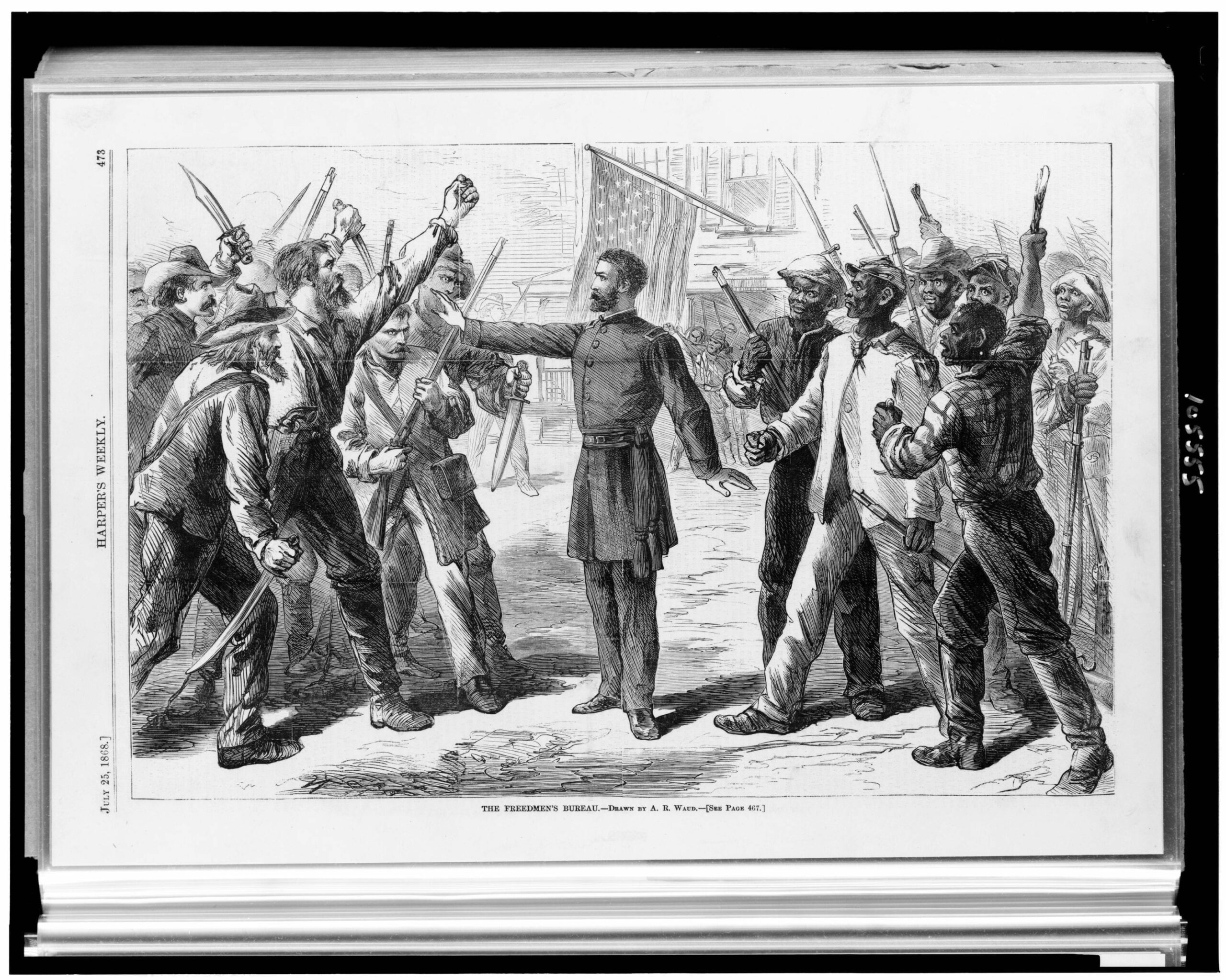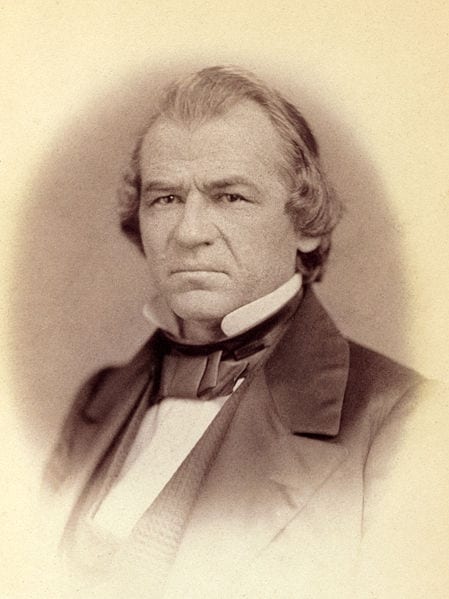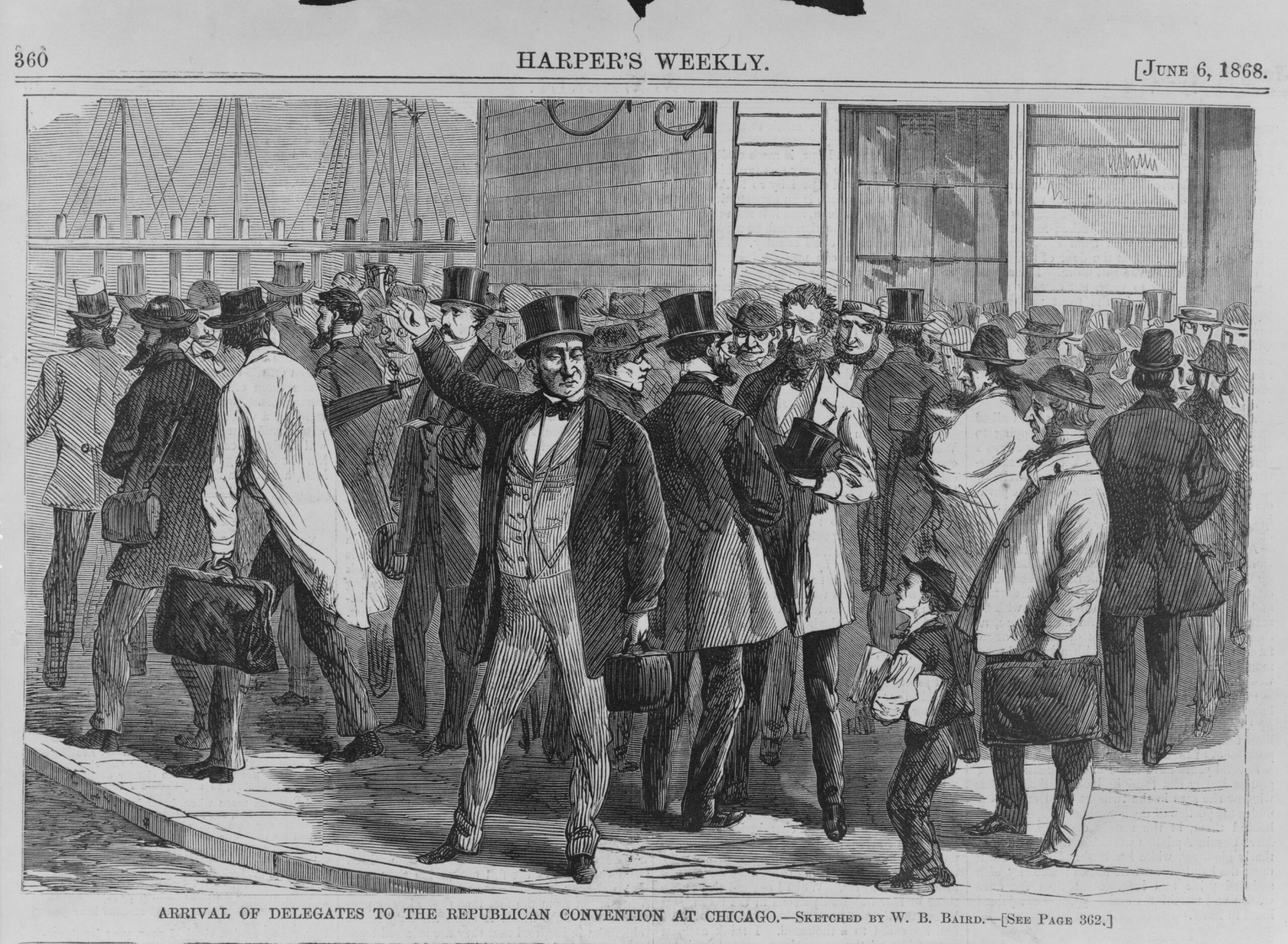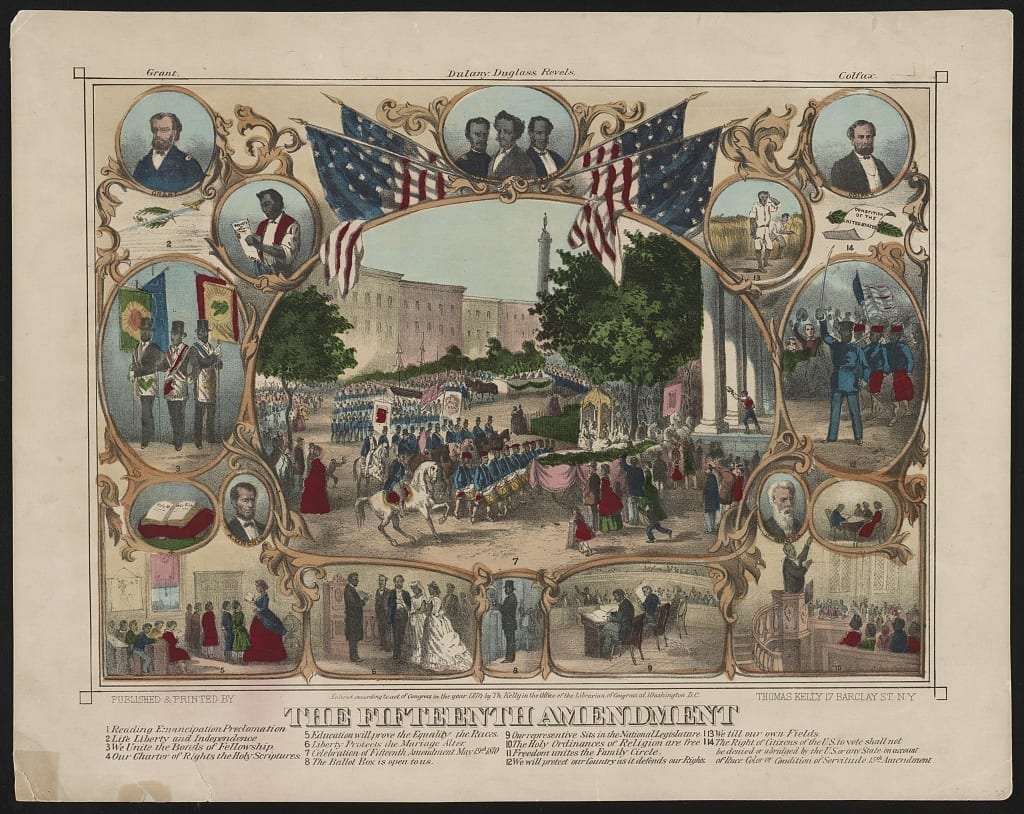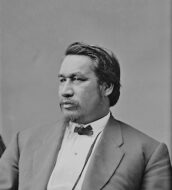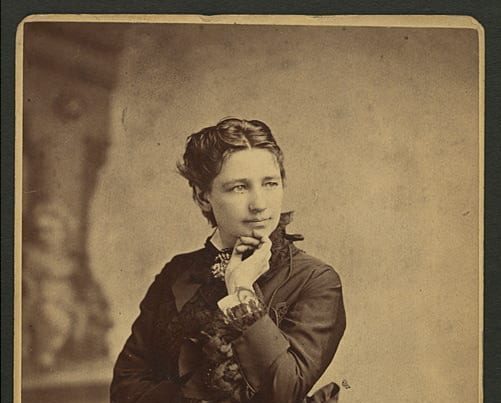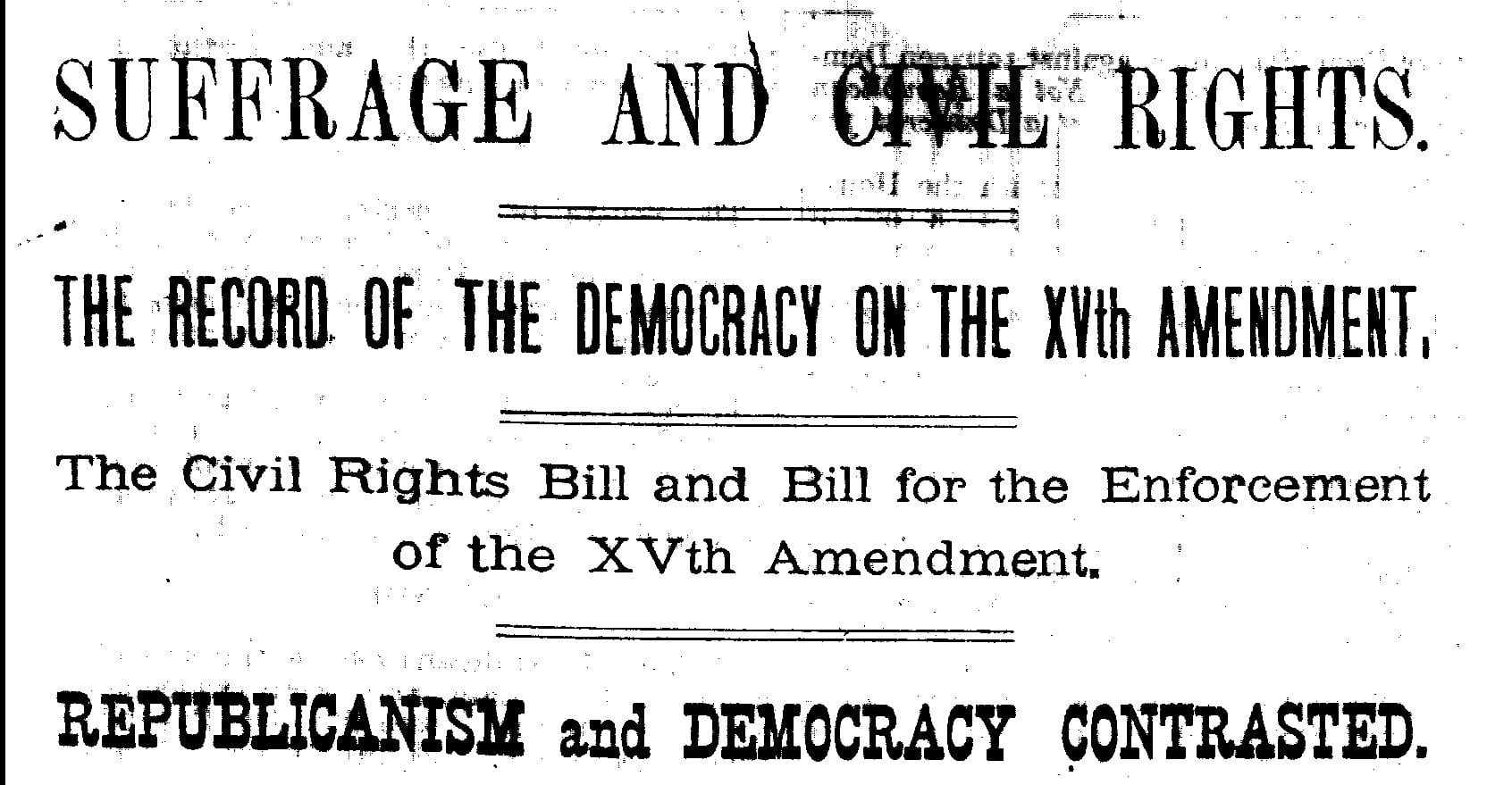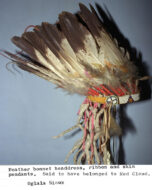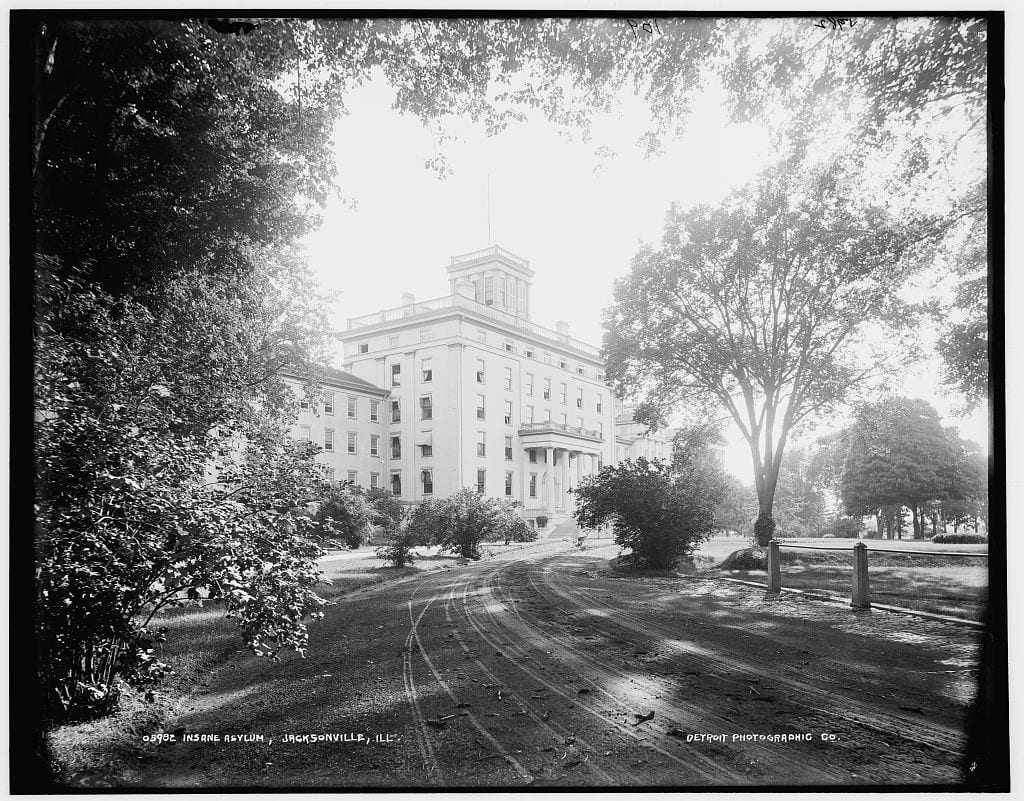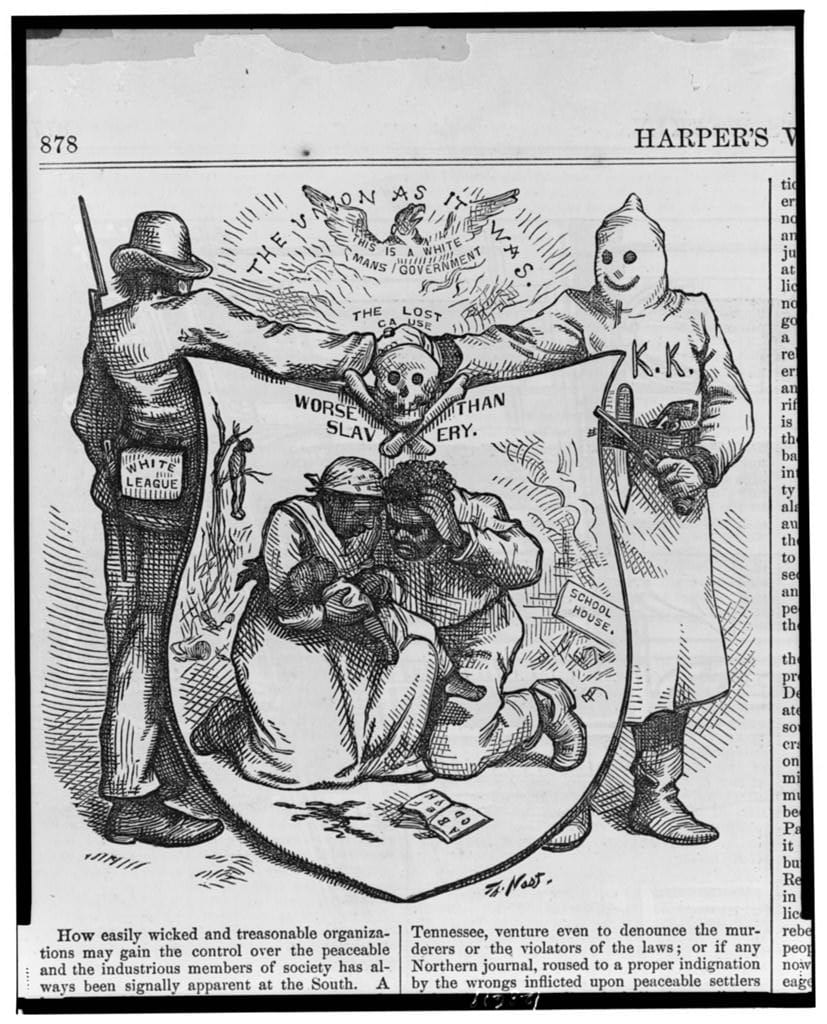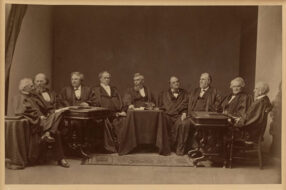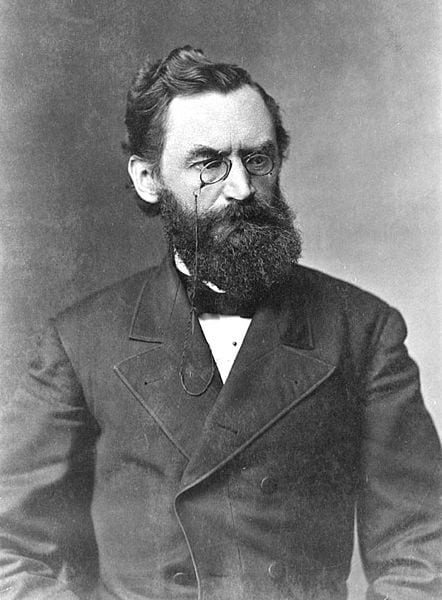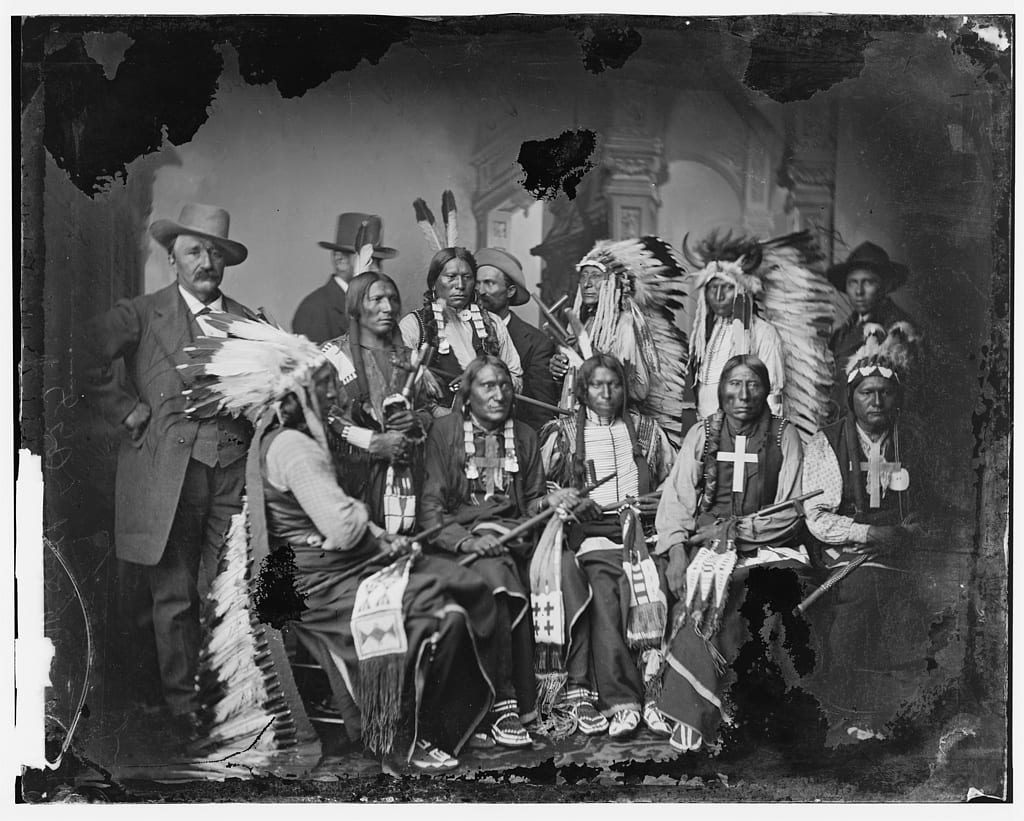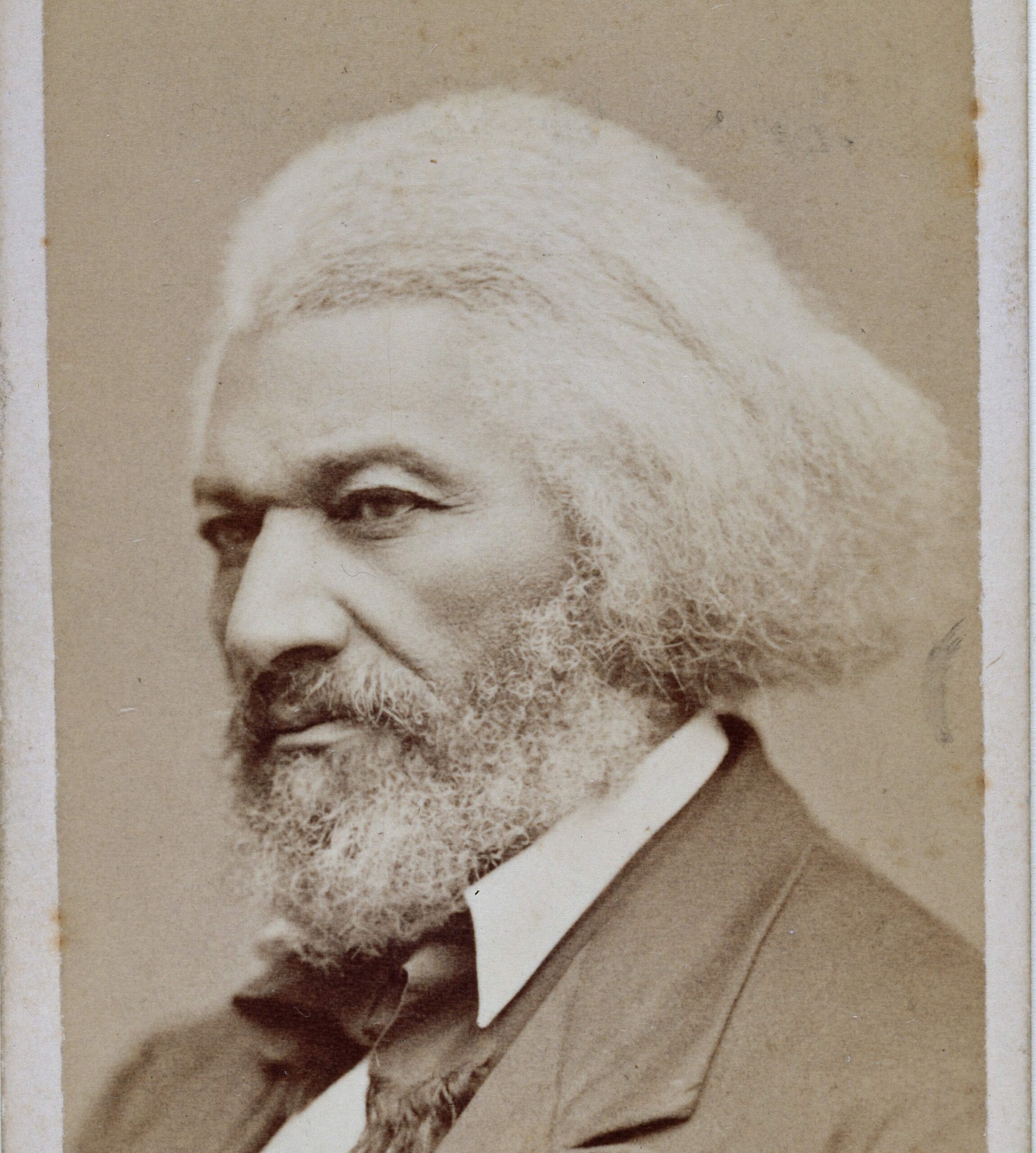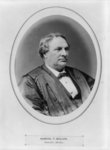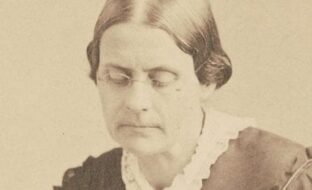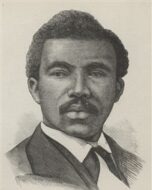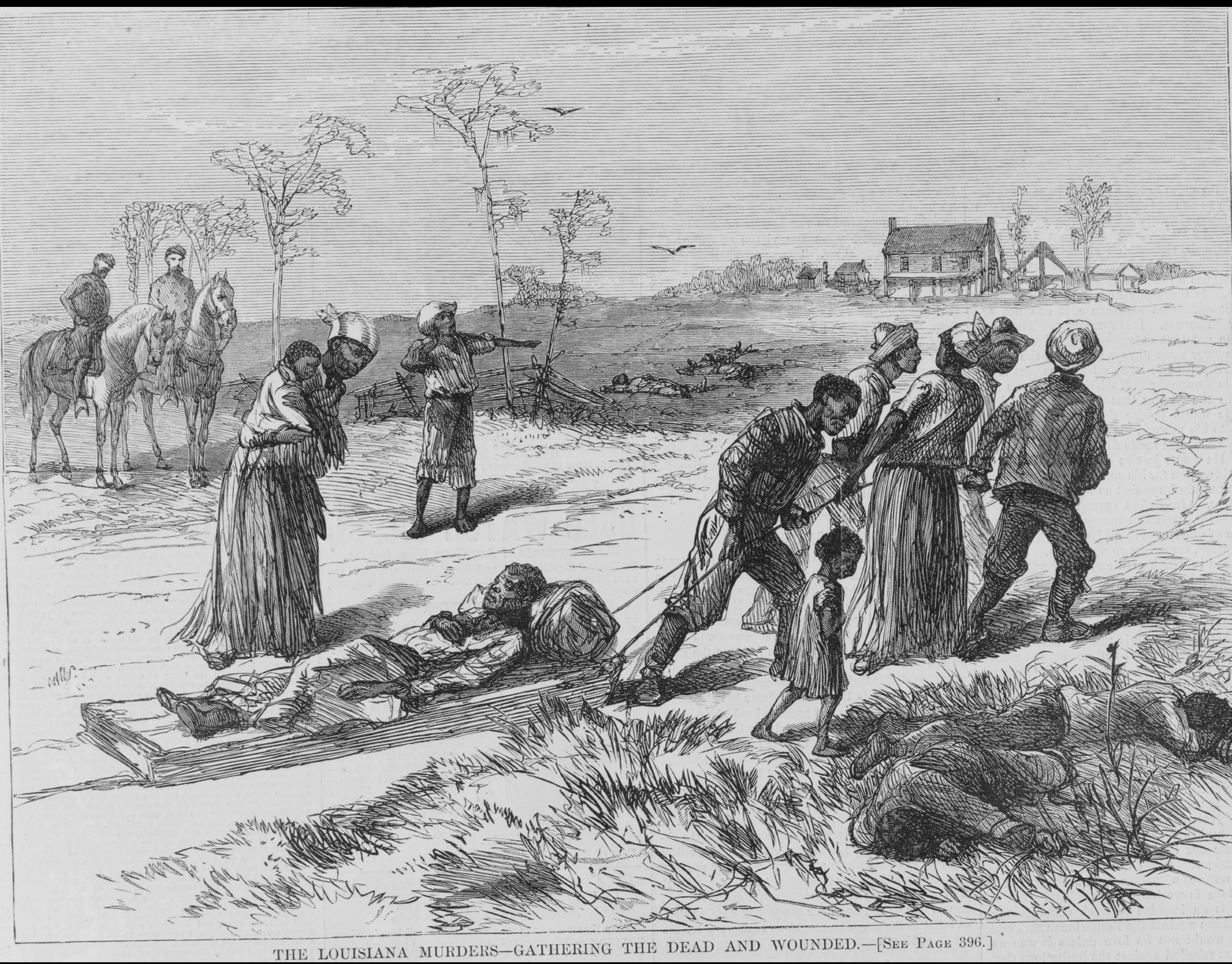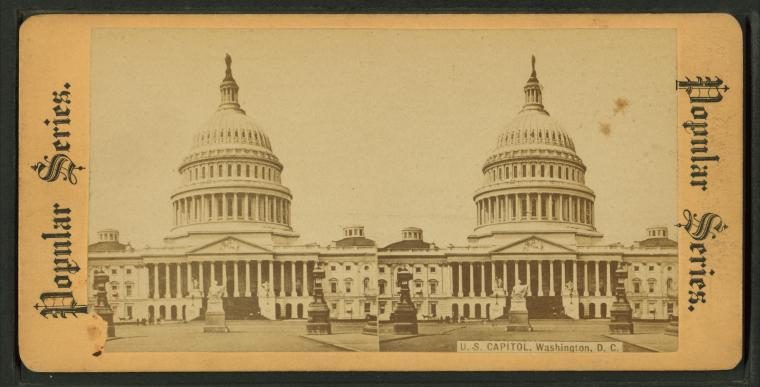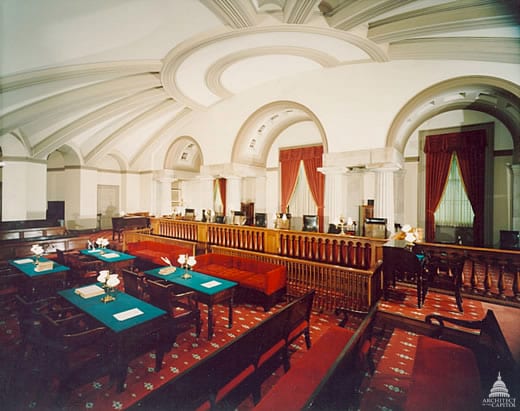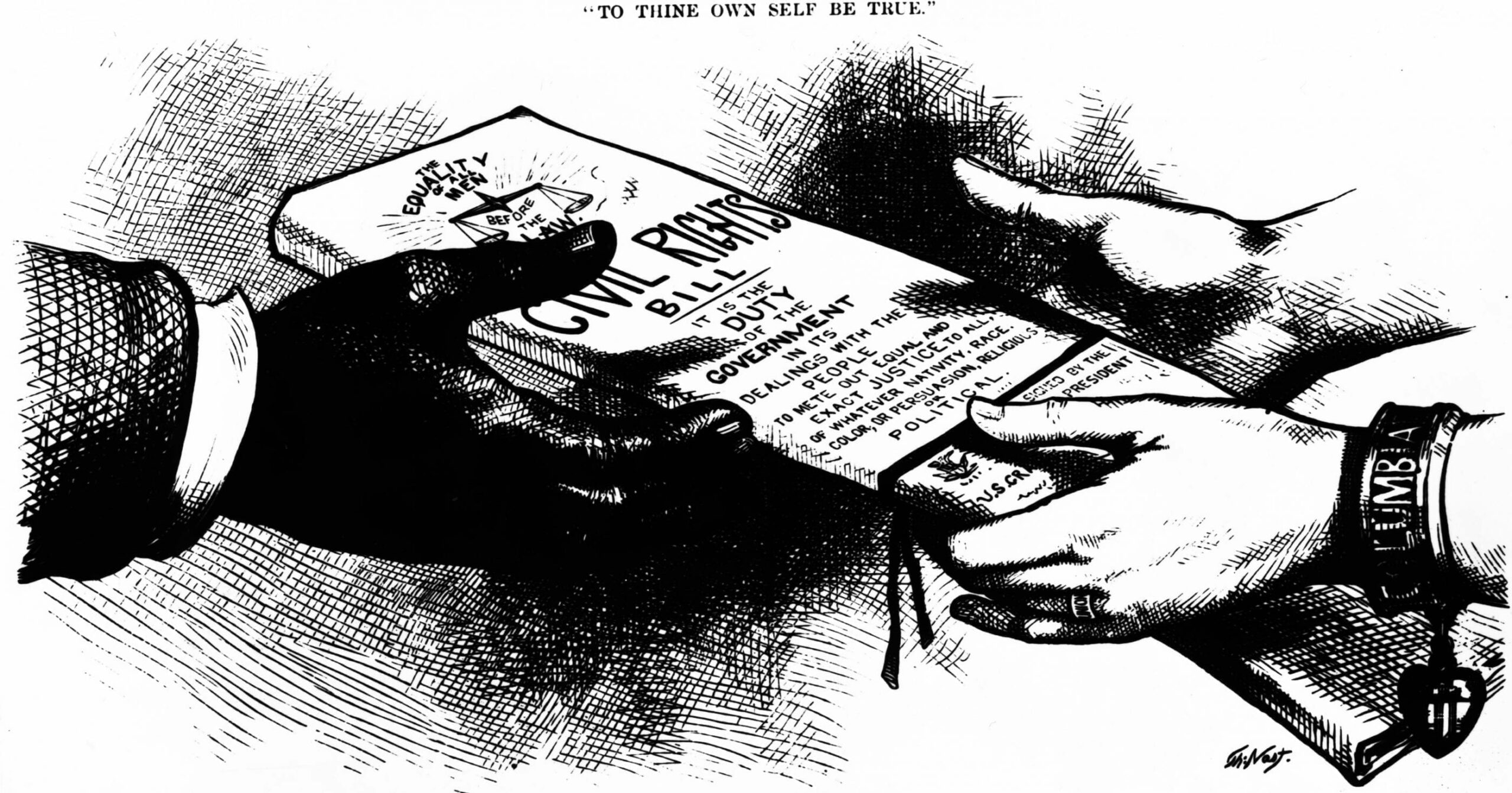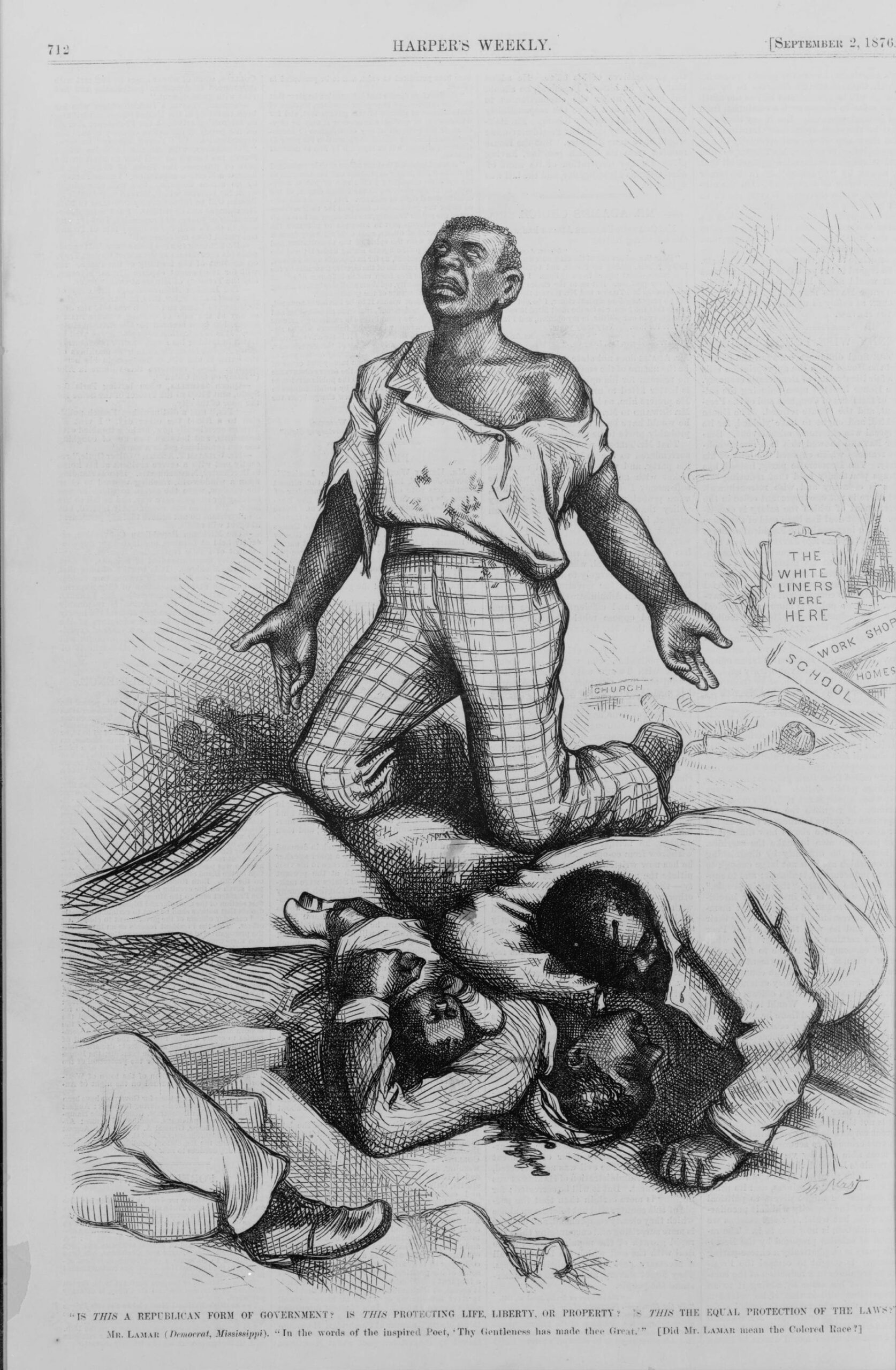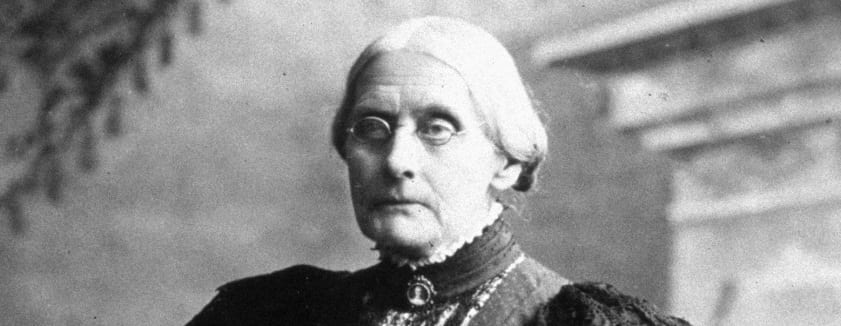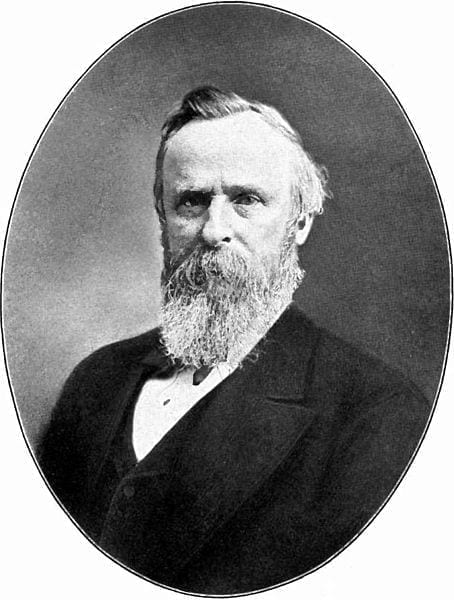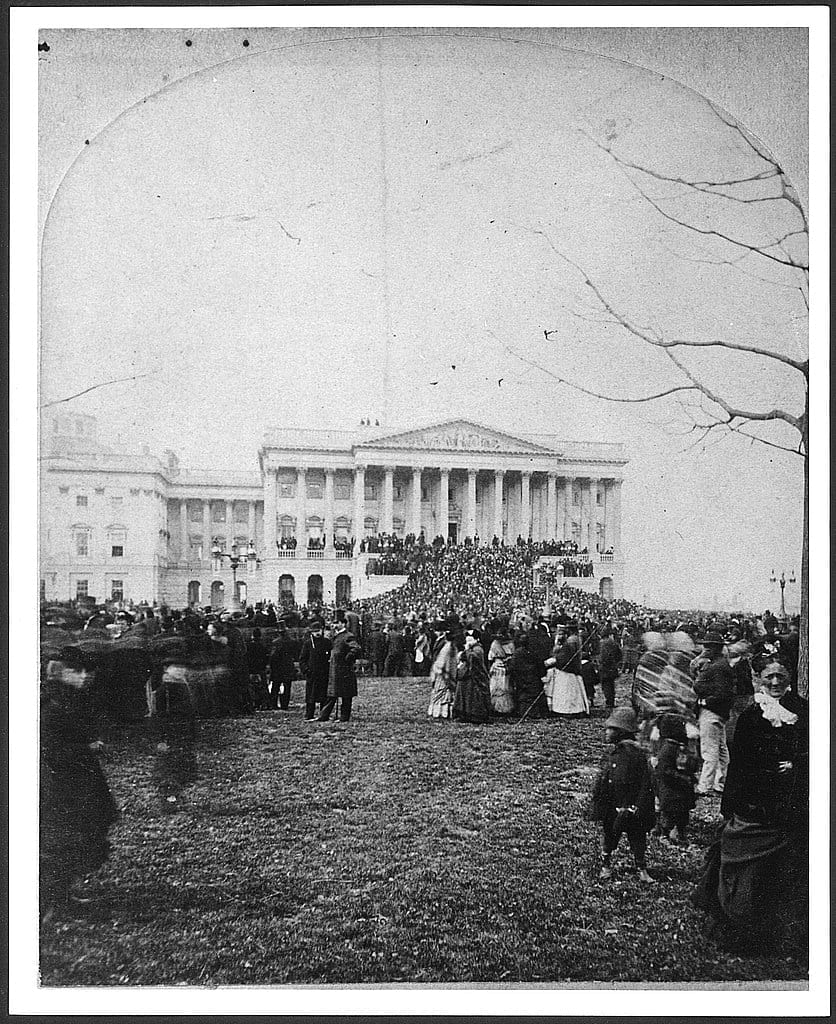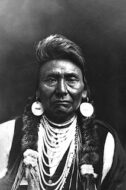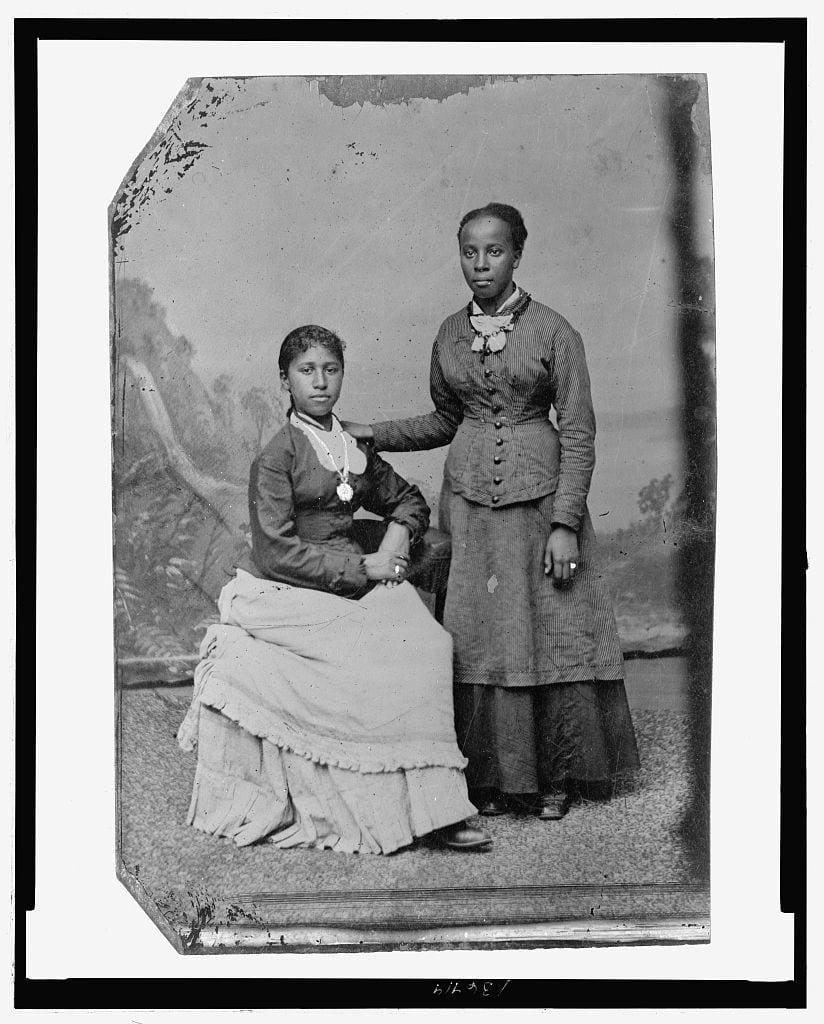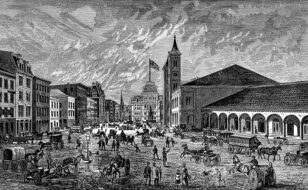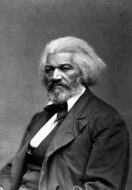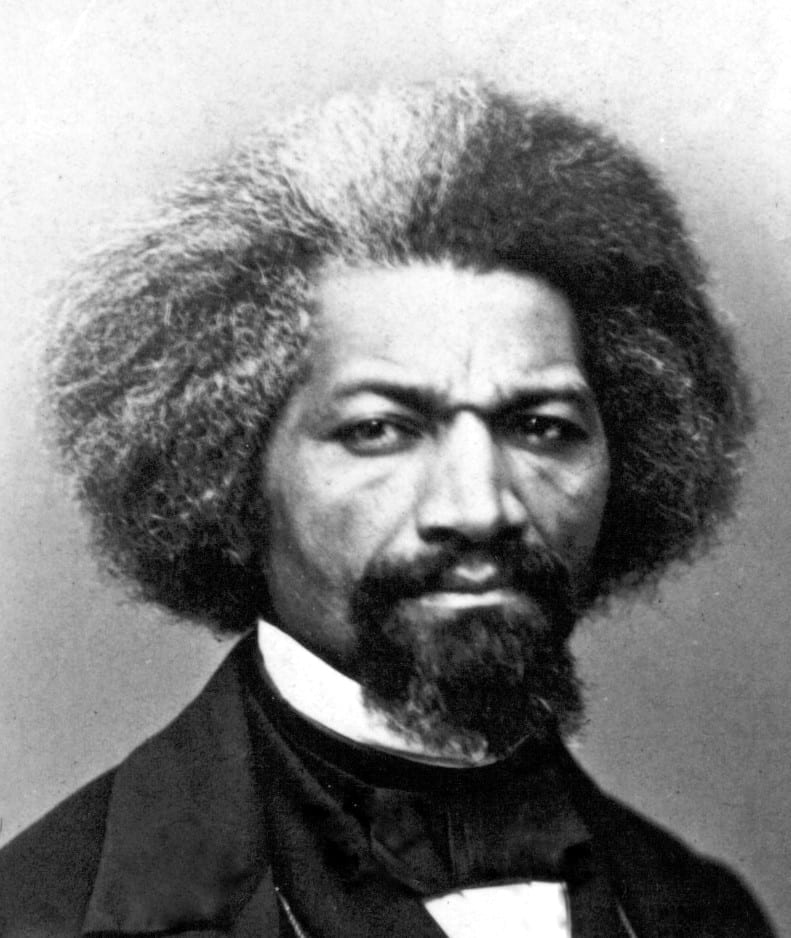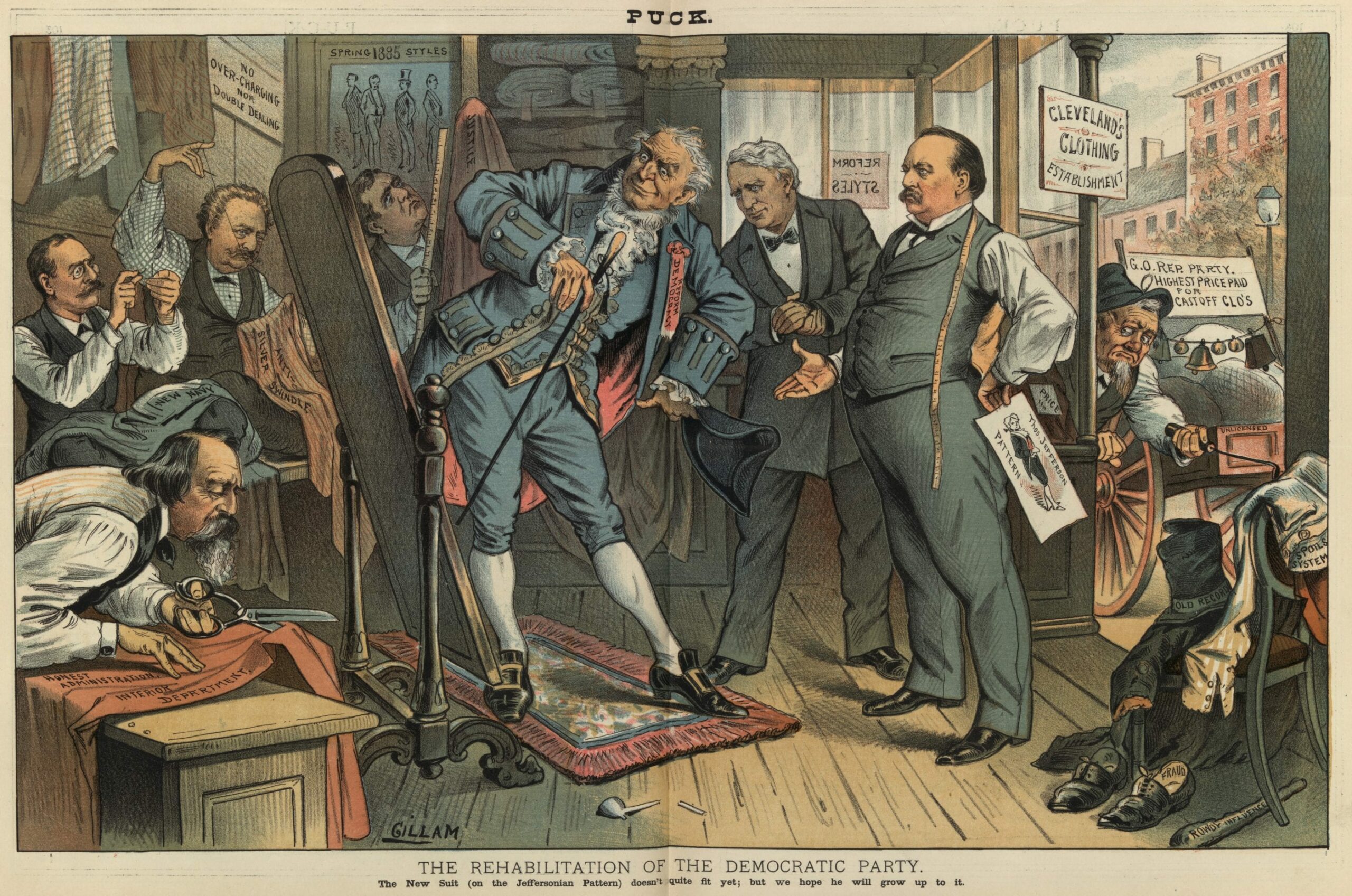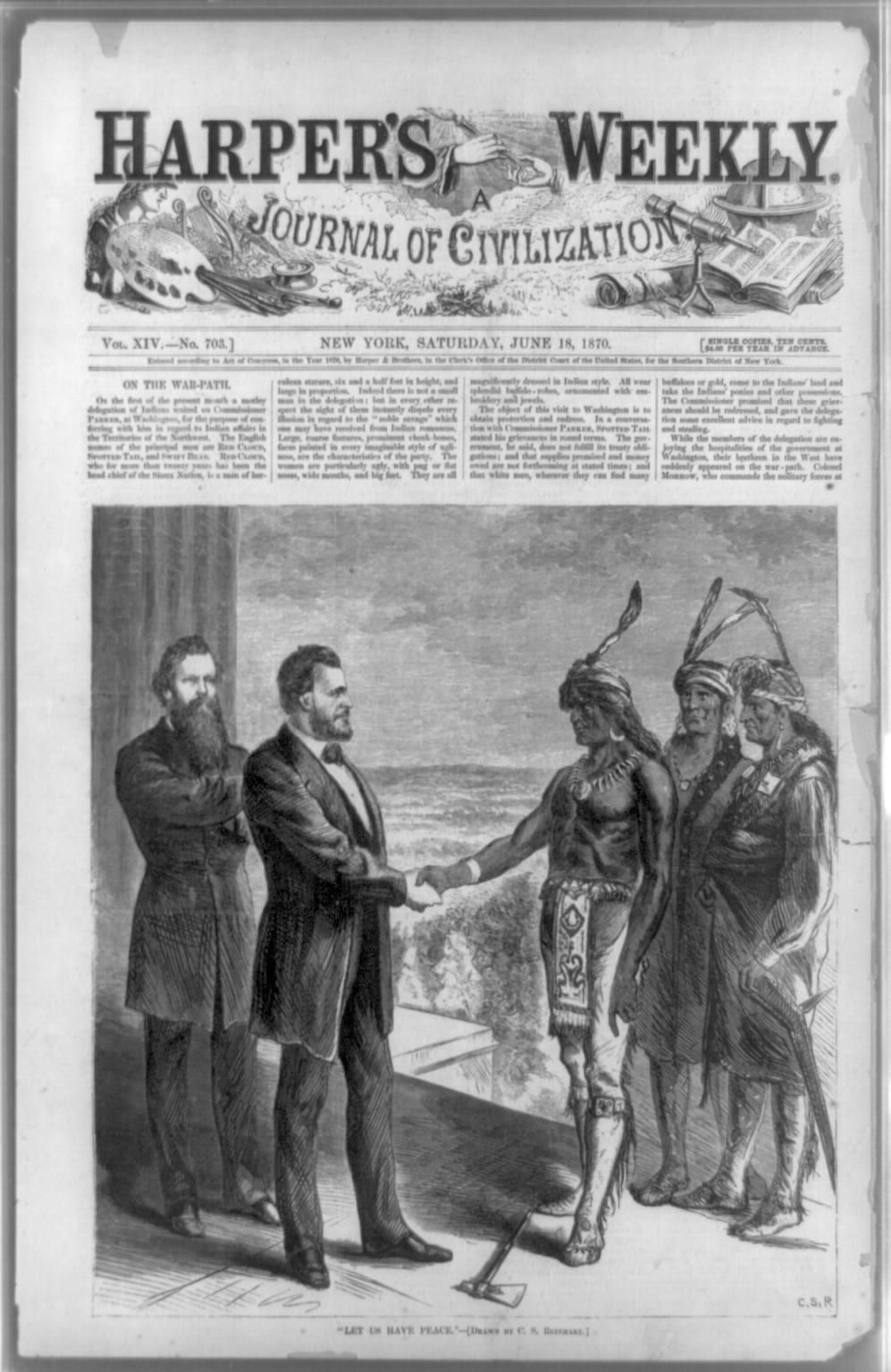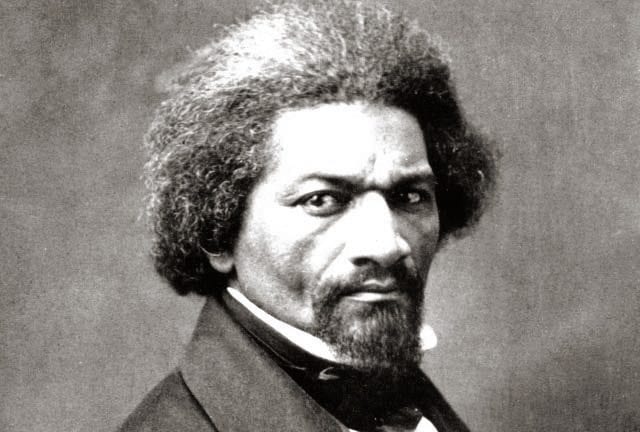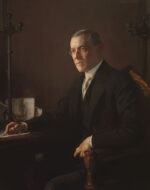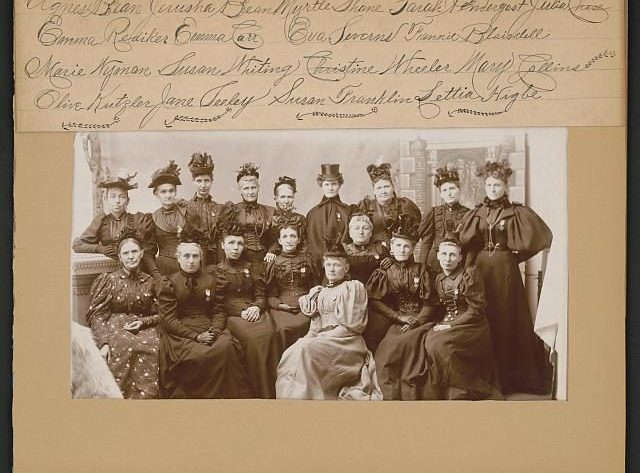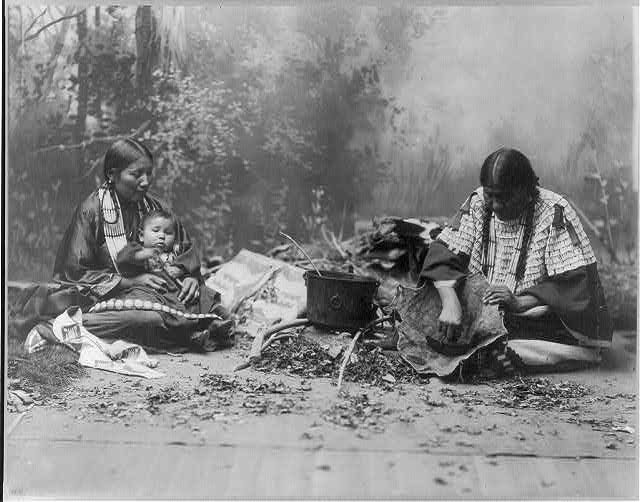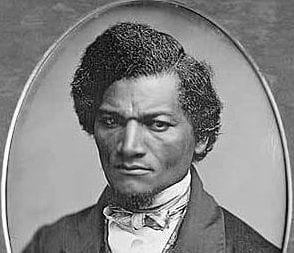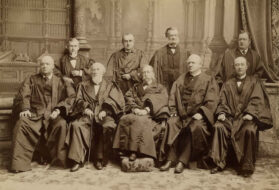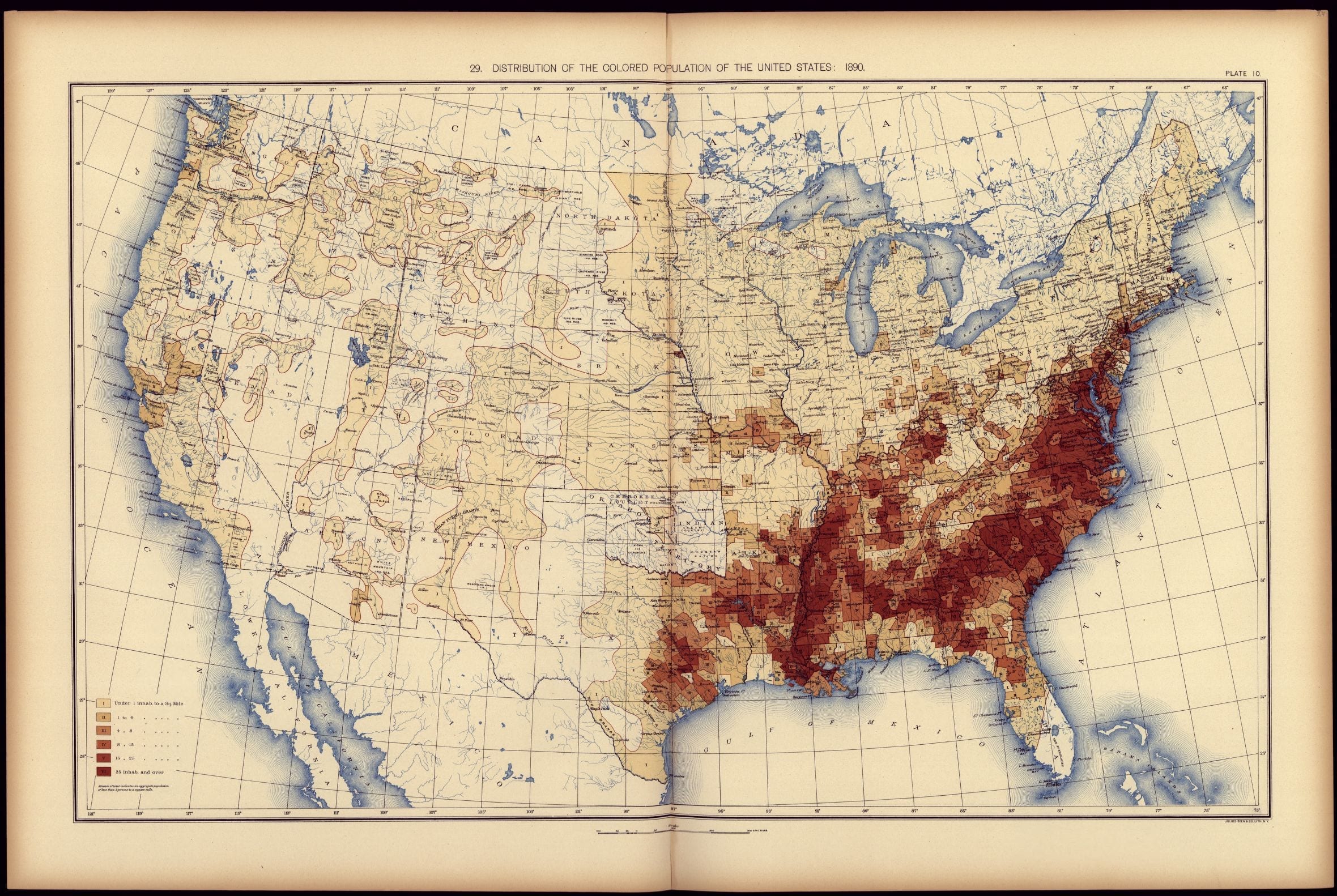
No study questions
No related resources
Introduction
Prior to the Civil War, relations between Americans and the native population had been marked by encroachment on Indian land, some cooperation, occasional alliances against common enemies, misunderstanding, violence, expulsions from traditional lands, treaties, promises, missionary work, and more violence. After the war ended, the United States had to address again the question of what to do about Native Americans. President Grant hoped for something better than what history had so far recorded. He inaugurated what came to be called Grant’s peace policy (see Ely S. Parker, Report of the Commissioner of Indian Affairs, December 23, 1869, and Grant’s Speech to Red Cloud and Red Dog, May 28, 1872).
Ely S. Parker (in his letter to Harriet Converse, 1885) and Susan La Flesche (in her essay, “The Home Life of the Indian,” June 1892) explain some of the changes that occurred in Native life, both individually and collectively, because of or despite Grant’s efforts.
The Indian’s Friend, A Monthly Published by the Women’s National Indian Association, Vol. IV, Philadelphia, June 1892, No. 1. Susan La Flesche (1865–1915) was an Omaha Indian and thought to be the first Native American woman to become a doctor. She was educated at a Quaker school, one of those established under Grant’s Peace Policy. She also attended the Hampton Institute, established after the war to educate freed slaves, and the Women’s Medical College of Pennsylvania. She received financial assistance for her education from the Women’s National Indian Association (see n. 1). Following medical school, La Flesche became a medical missionary to the Omaha.
The home life of the Indian of to-day is essentially the same as the home life of the Indian of thirty years ago. Any progress he may have made is due to change of environment, produced by the coming of white people, and the consequent passing away of old customs.
The daily routine of home life is the same, the aforesaid change produced by environment being shown by the fact that in place of the tepee the Indian once occupied, he now lives in a frame house and can boast of a well, a stable, a few fruit trees and a vegetable garden. The fact that in place of hunting wild game over the prairies, he now farms and raises good crops of corn, wheat, and oats makes but little difference in the internal workings of the home.
Long ago the Indian had a removable house suited to his requirements, a tepee or tent which was made of buckskin or canvas stretched over a pyramid formed by means of poles tied together at the top with buckskin, a house easy to carry around with him in his nomadic journeyings.
When the tribe found a place where they could settle down and live eight months in the year they built mud lodges as their permanent residences. These are dome-shaped, the frame work consisting of poles, willow branches and rushes, and from base to apex it is covered with sod several inches thick. They have wide entranceways, several feet long and high enough to permit a tall person to stand upright. They are like tunnels leading into the lodge, which is circular in form. Light and air enter by means of a large circular opening in the top of the dome, this also serving as a means of exit for the smoke. The lodge is well ventilated – warm in winter and cool in summer. Several families live in them at a time, and the only two or three now left on this reservation are used for holding councils, public gatherings and dances, as they can accommodate over a hundred people.
How often as children we used to climb upon these lodges and pick the sunflowers and grasses growing on them. Near sunset the old men would sit up on these lodges where they could pursue their meditations undisturbed and alone, and I remember looking at them reverently as I played around with the other children, for I regarded them with a great deal of awe, for to me they seemed so wise.
Trodden by hundreds of feet the earthen floor is almost as hard as stone, and coming in from the hot dusty road how gratefully cool it felt to our little bare feet as we played in and out, riding our make-believe horse made of sunflower stalks. In the center is a little hollow where the fire is built and all the cooking is done. Around this place we used to gather to listen to thrilling stories of battles with the dreaded Sioux, buffalo hunts and ghost stories. When it came to the last I used to look up fearfully at the opening above, for fear I should see a dog looking down, for it is a superstition among the Indians that if a dog looks down through this opening into the lodge some one of the company is sure to die soon. If such a thing happened the dog was killed immediately. It was always a relief to see the blue sky and stars looking down.
After a while the Indians built log houses of only one room, the roof covered with turf.
Now, on this reservation we have almost every family living in a neat frame house, one story or one story and a half high, wainscoted, plastered or papered inside; very clean and neatly painted outside. The premises are clear of rubbish.
These houses are built by the Indians with their own money, but the desire to own such houses was started several years ago when the “Connecticut Home-Building Fund” started the Home-Building Department of the Women’s National Indian Association.1 The seed then sown has borne fruit here and elsewhere. Whether you enter with me into a tent, a mud-lodge or log house, or one of these neat frame houses you would see the same home-life going on in every one of them.
There is little variation, one day of the week being almost the same as another.
The family usually arise early – in the summer about sunrise, but in winter the breakfast is usually considerably delayed, for they follow suntime. In most cases the hostess arises and builds the fire, gets the water and cooks the simple meal. Very few have had bread, but it is now getting to be the general rule in many families to make light bread. They have biscuit made with soda or baking powder, and sometimes “fried cakes,” light brown in color and very appetizing. Coffee, sometimes fresh beef, for, in this country where there are thousands of head of cattle it is hard to get beef; sometimes fruit, dried, and in the summer potatoes and beans. You can see that their diet is very simple. The food is divided and put on plates, the coffee is poured out into cups and then the food is handed around to each individual. Usually after the meal is over the dishes are put away in a little cupboard. If it is summer the husband and men in the family go out to their work and the wife cleans up the house and begins to get the noon-meal. It is the same as breakfast. They do not do very much sewing for their clothes are simply and quickly made. The houses on the reservation are far apart and the women cannot very well pass away the time by gossip with the neighbors, as some of our white friends have the privilege of doing. What a deprivation is this! Let us all be thankful for our privileges.
The evening meal is simple, and the time between that and the retiring hour is spent in talking over the events of the day or in telling news. We have no telegraph lines or telephones, but news has a wonderfully quick way of travelling from one house to another. Rumors on a reservation are the same as rumors anywhere else. When they reach the end (?)2 of their journey they have received quite an addition, and a wise person will credit only one third of the story as truth.
There are no books, pictures or recreations save the dances, and no games except cards which are used for gambling. A narrow life in some respects. The Indians are passionately fond of their children; having no books, pictures or recreations in their home life, they lavish all attention on their children. There are some cases where the step-father or step-mother, as the case may be, makes no difference whatever between their children and the step-children. They show their affection for their children also.
Some ask the absurd question, “Do the Indians really love their wives?” The Indians are human beings just as the white people are, and there are Indian men who are just as careful, watchful and affectionate to their wives as anyone would wish to see anywhere. They do not make an outward show of their affection, but I know from personal observation that they are truly devoted to each other. One day I had to pull a young woman’s tooth, and as the husband was a strong muscular man I was in hopes he would support her head for me. He sent for his brother to do it and when he saw me take the forceps up he beat a hasty retreat. I heard him walking up and down in the other room, and when they told him I was through he appeared with such a happy relieved look on his face and thanked me so earnestly. I could not help but be glad for him that she was through with her suffering. There are many instances like this that I know of. Of course, there are some cases entirely different, and where there is no happiness. But so we find it wherever we go in this world.
Indian women no longer stand in the background. Few work in the fields or do heavy work. Where it used to be the lot of the women to provide the wood, now the men get it in almost all cases. Even in so small a thing as walking or riding where the woman had to walk behind or ride in the back of the wagon, now she walks beside her husband, and in vehicles you see the woman riding beside her husband on the seat.
The old customs are fast disappearing and in place of the Indian of twenty years ago, who lived in a tent and supported himself by hunting wild game, we have an independent man who is earning his bread by his own toil, living in a frame house and learning very fast how to transact business like white people. The wife standing beside her husband shows only his true advancement, and the home is happier for this progress.
Blessings of Liberty and Education
September 03, 1894
Conversation-based seminars for collegial PD, one-day and multi-day seminars, graduate credit seminars (MA degree), online and in-person.
